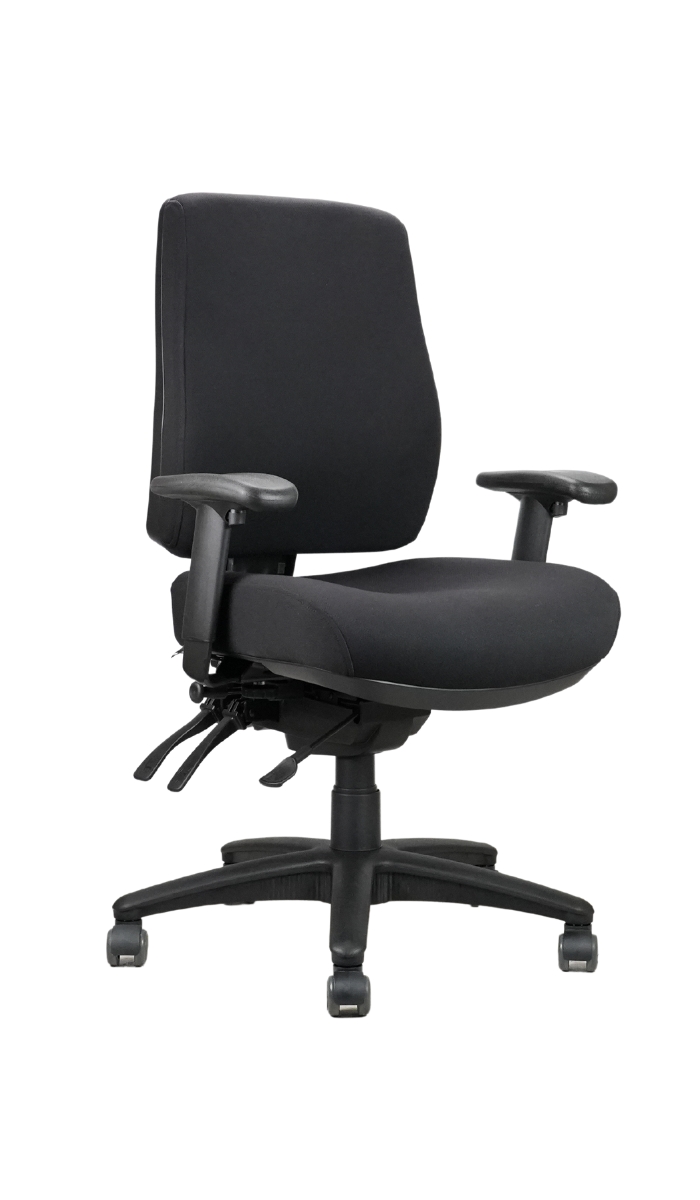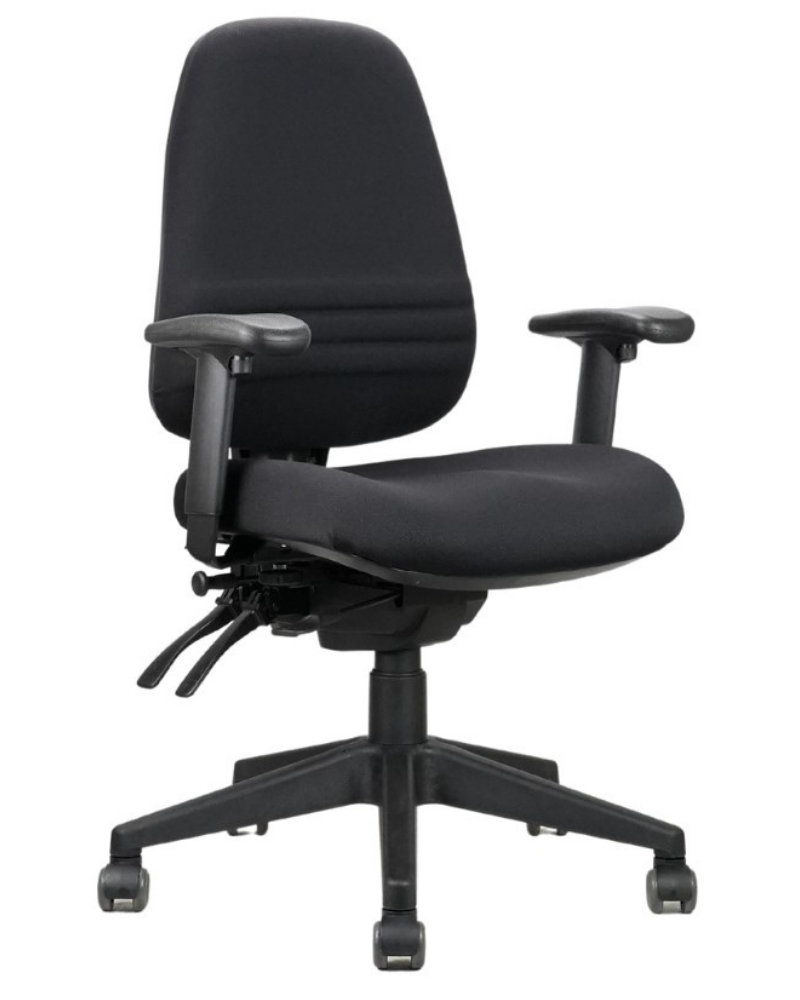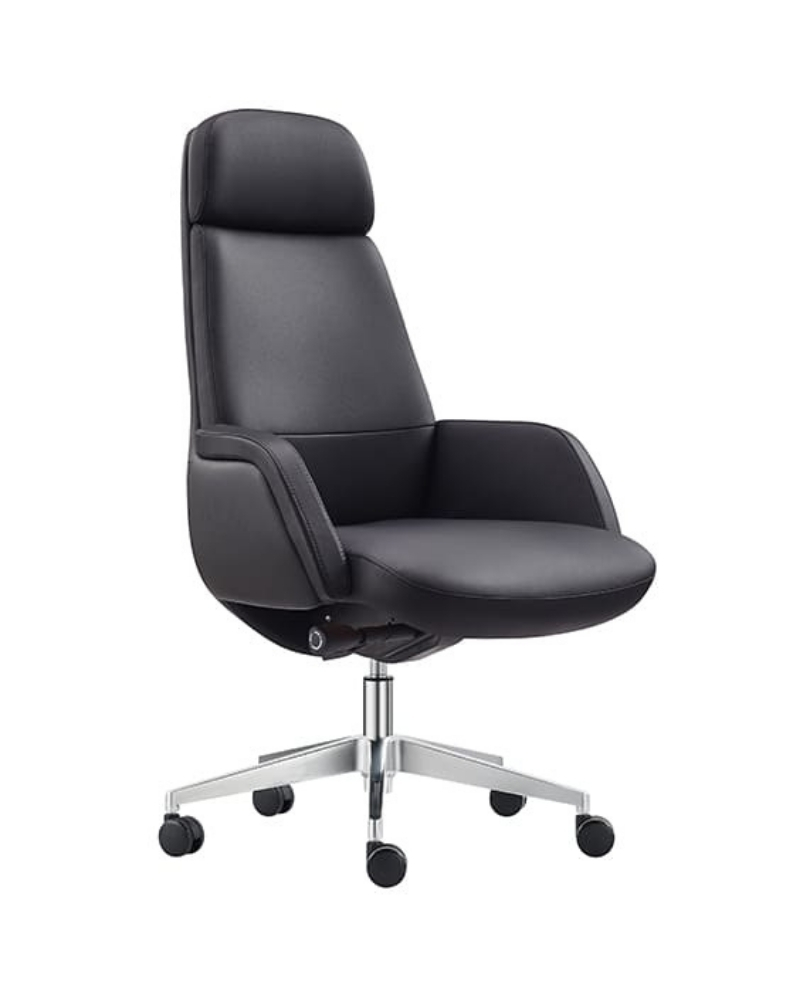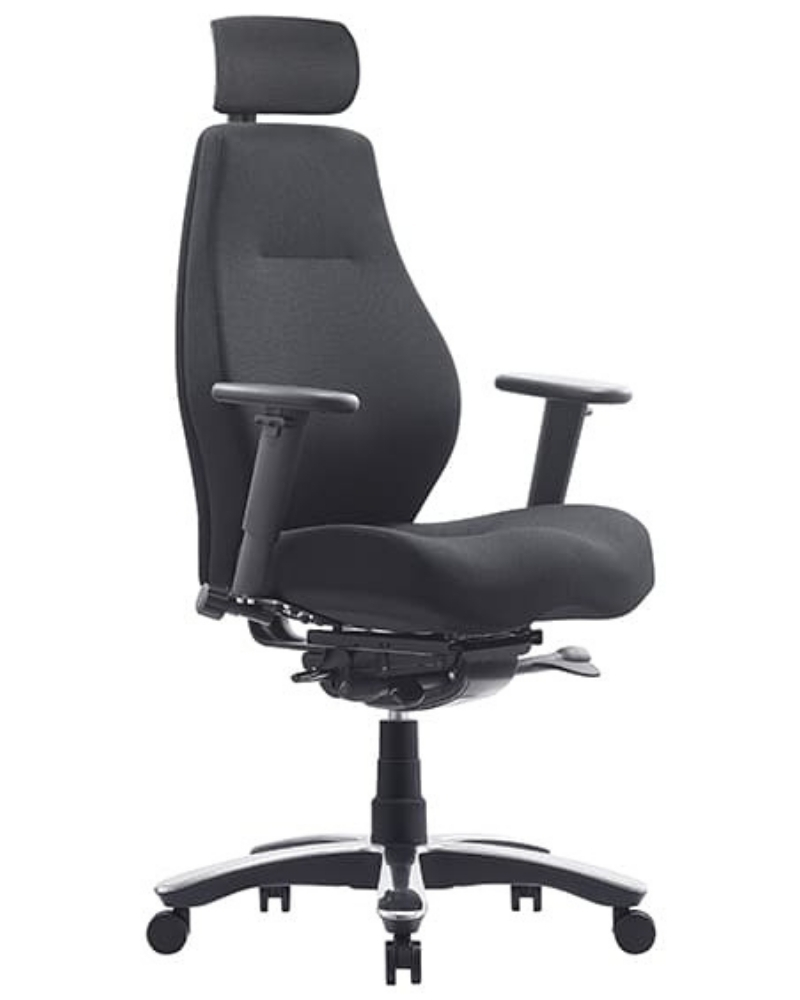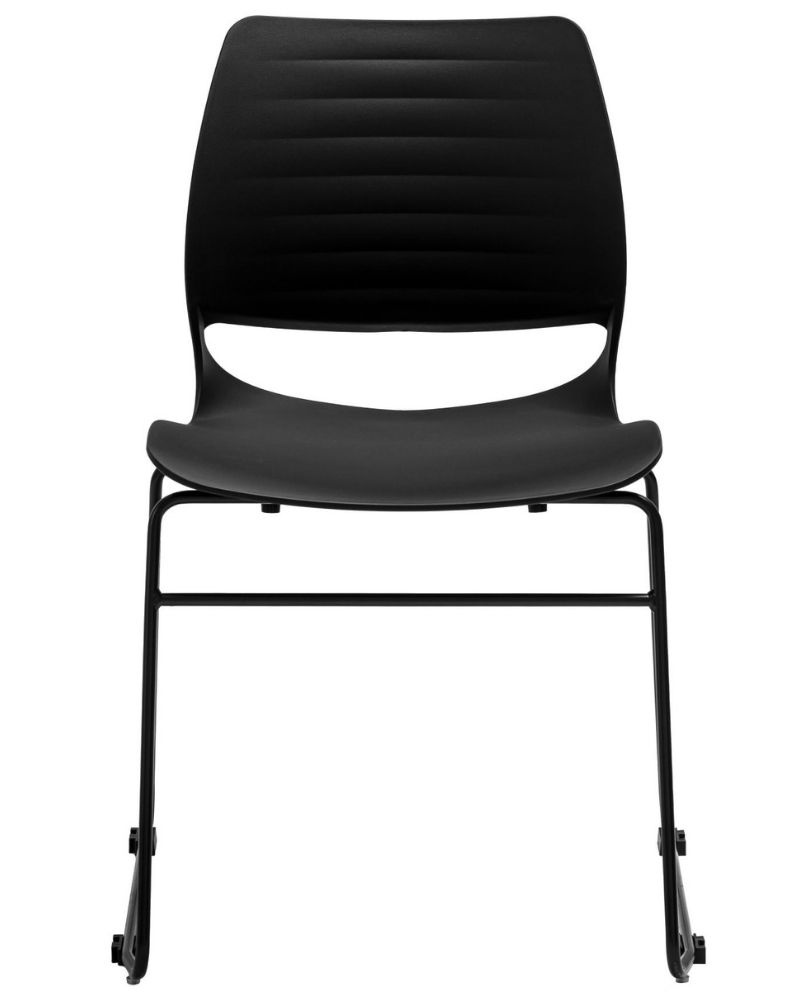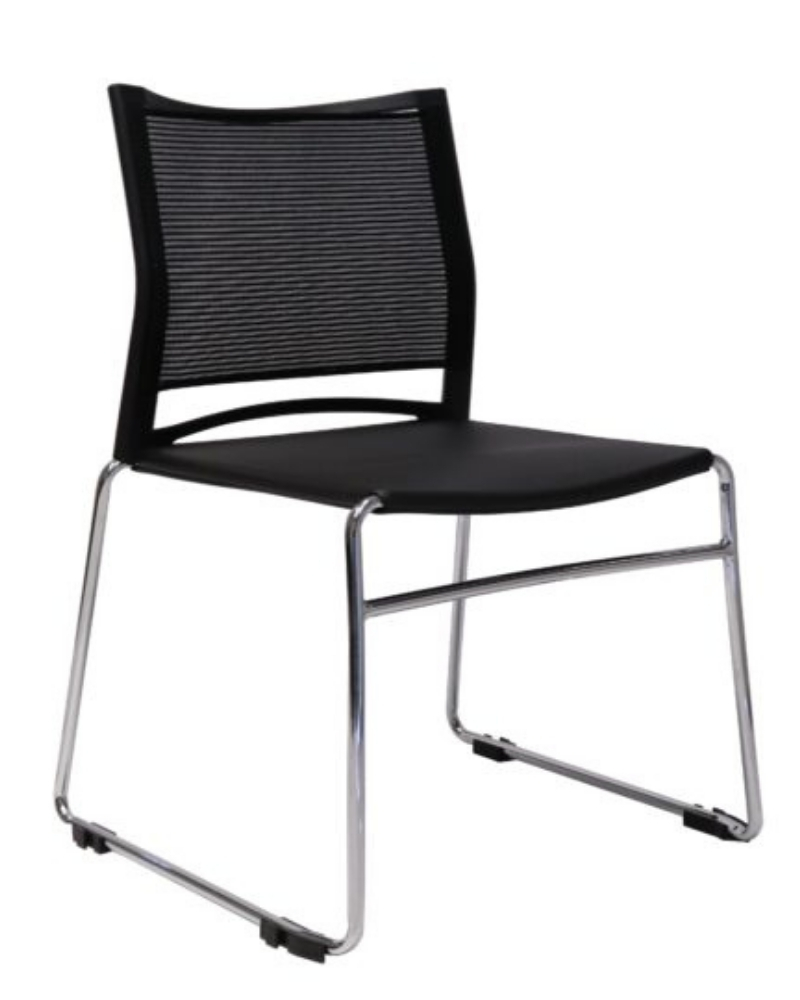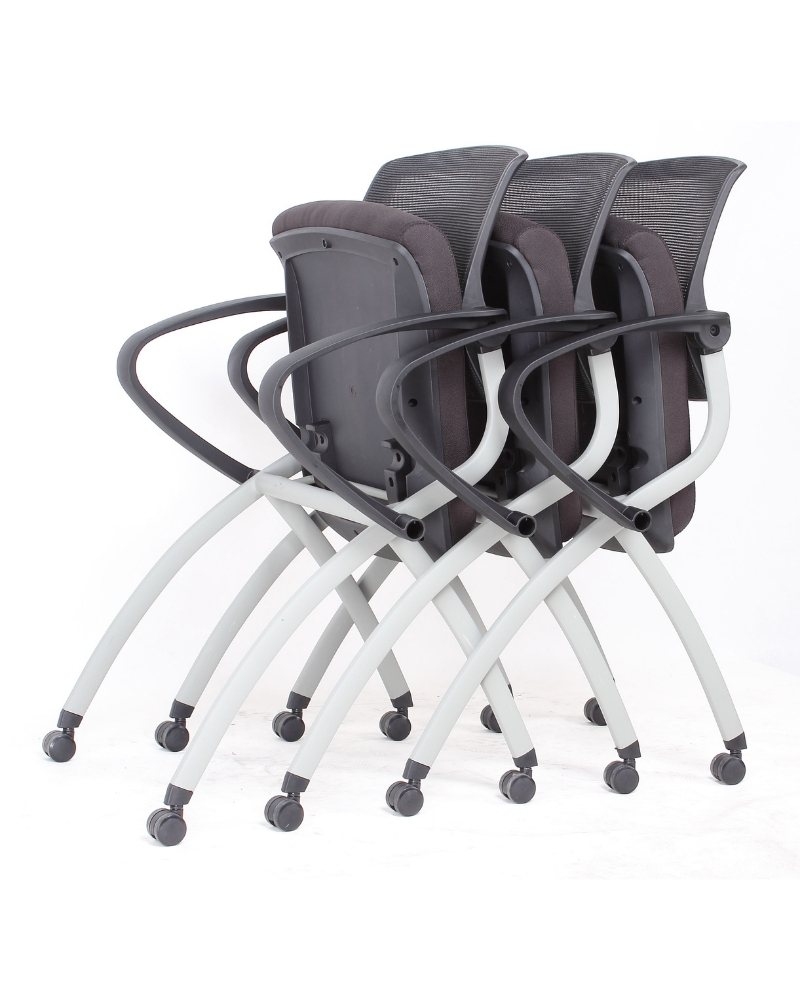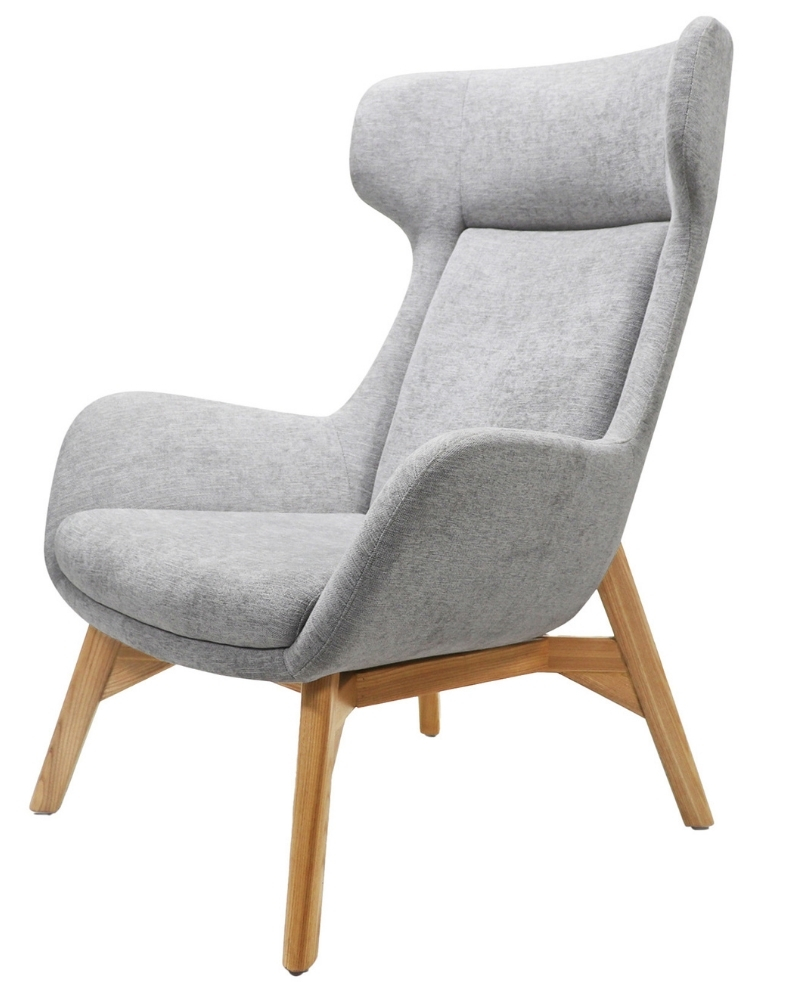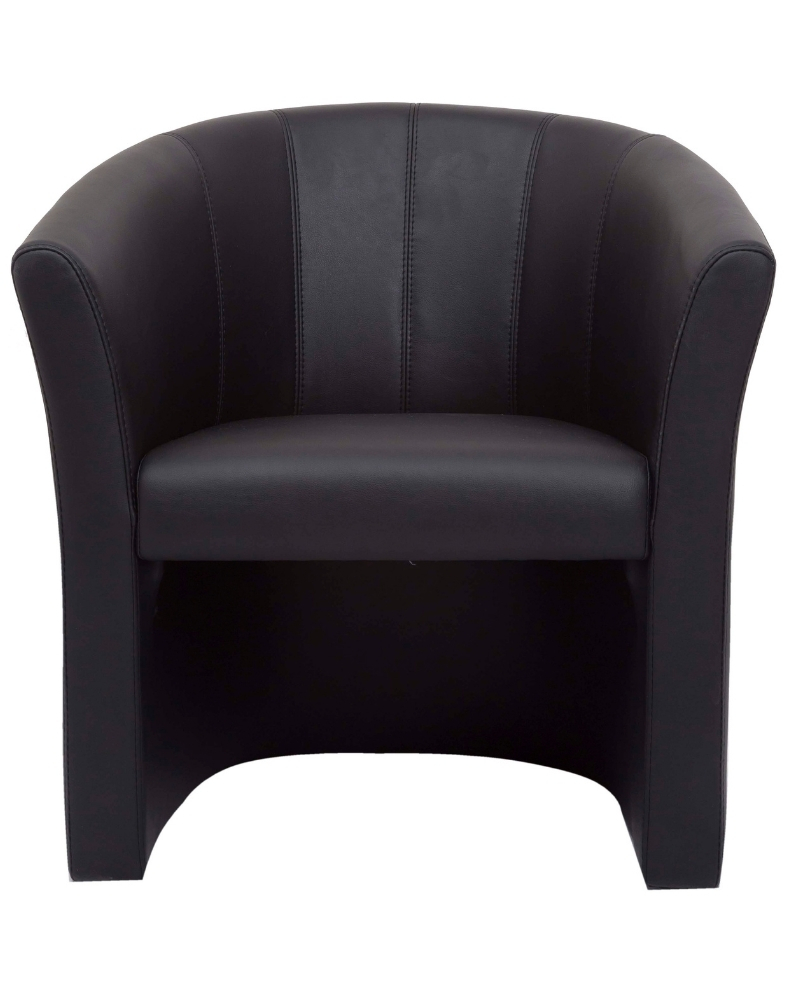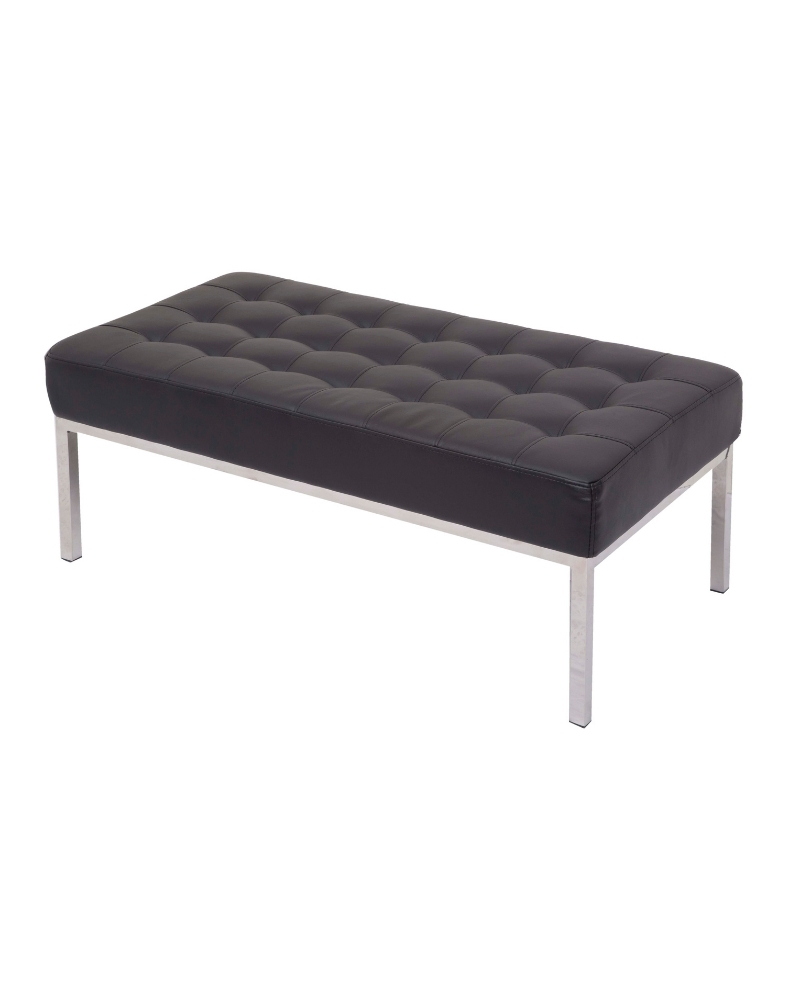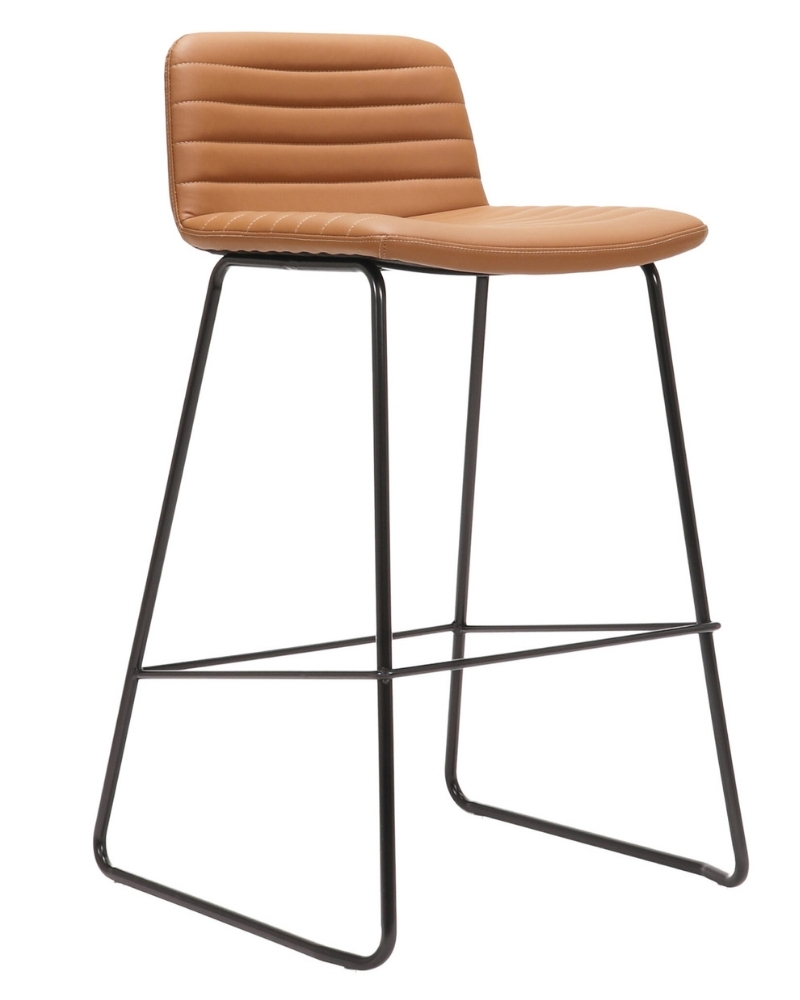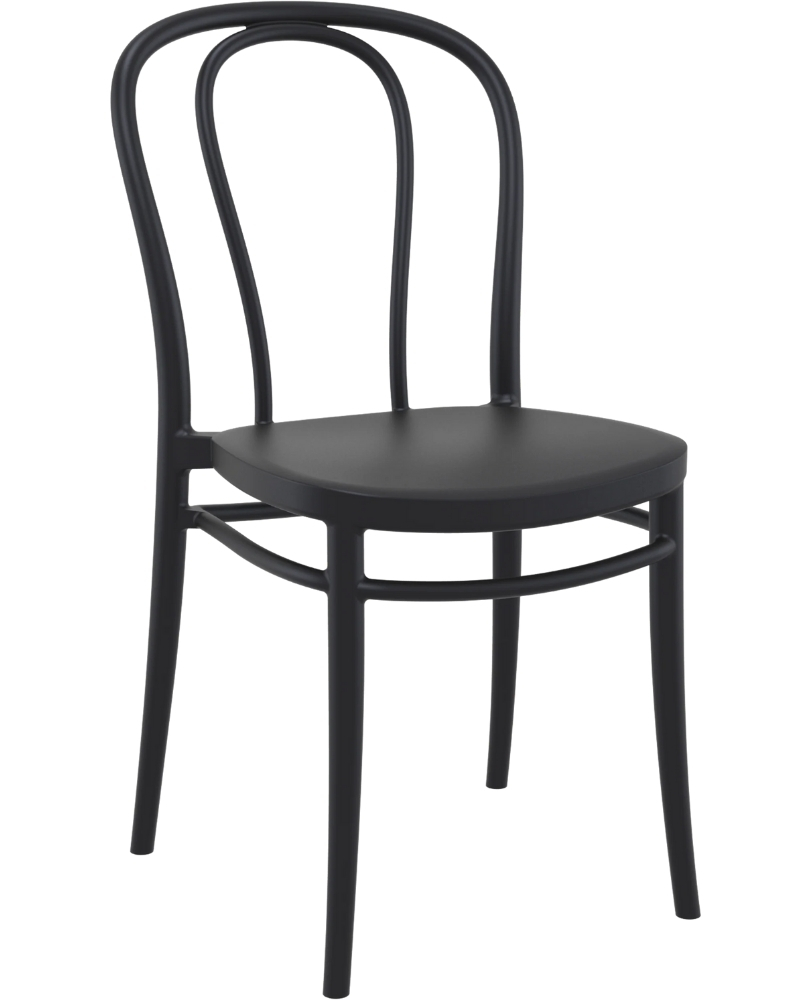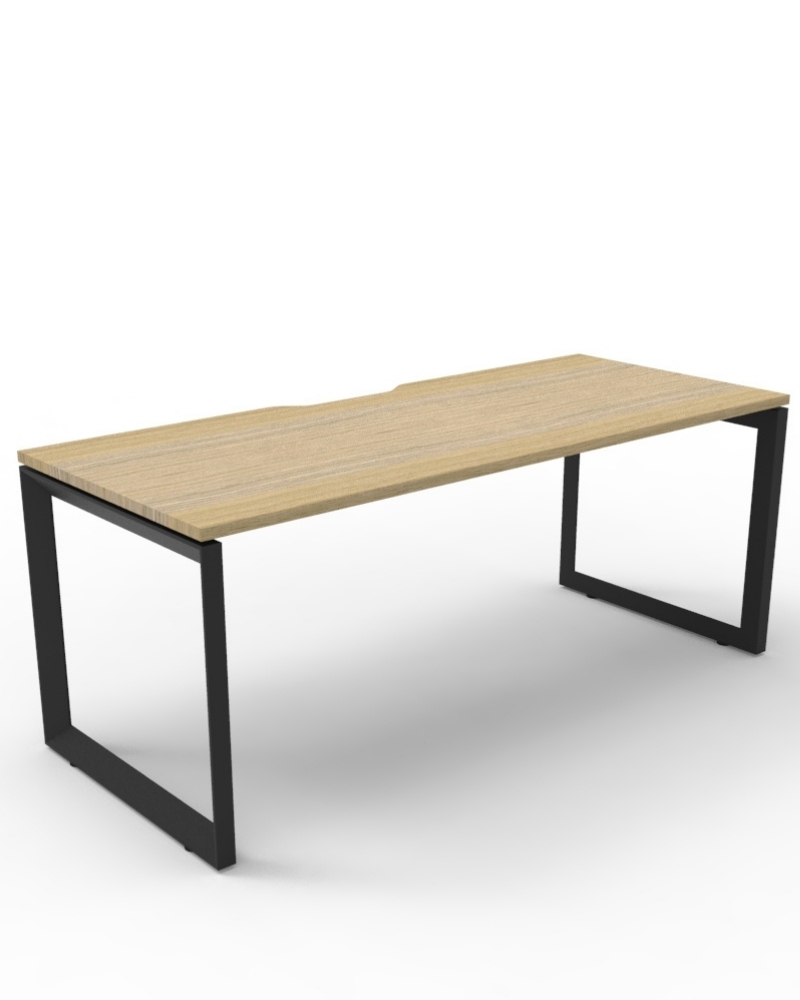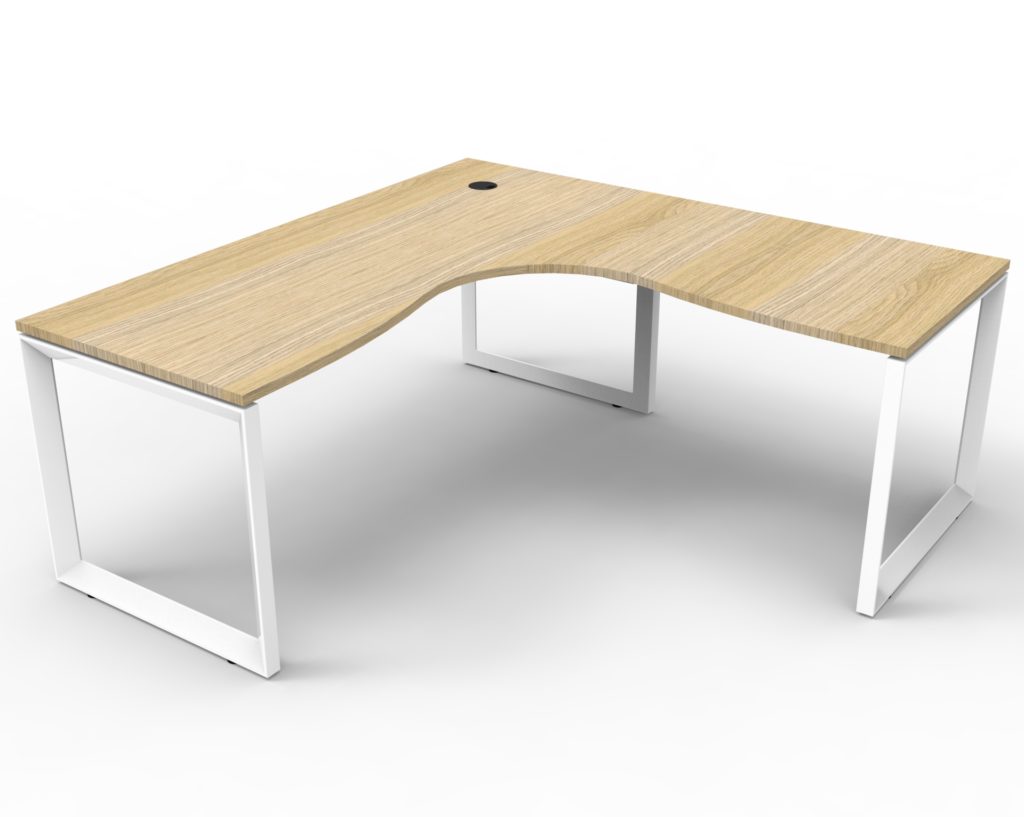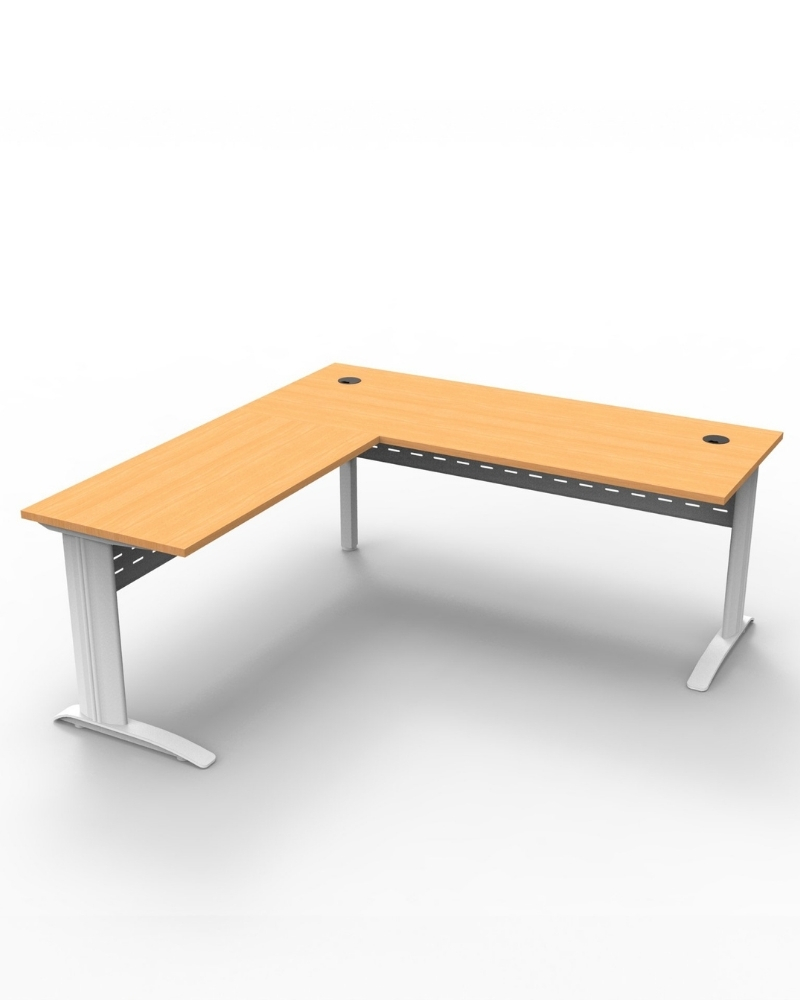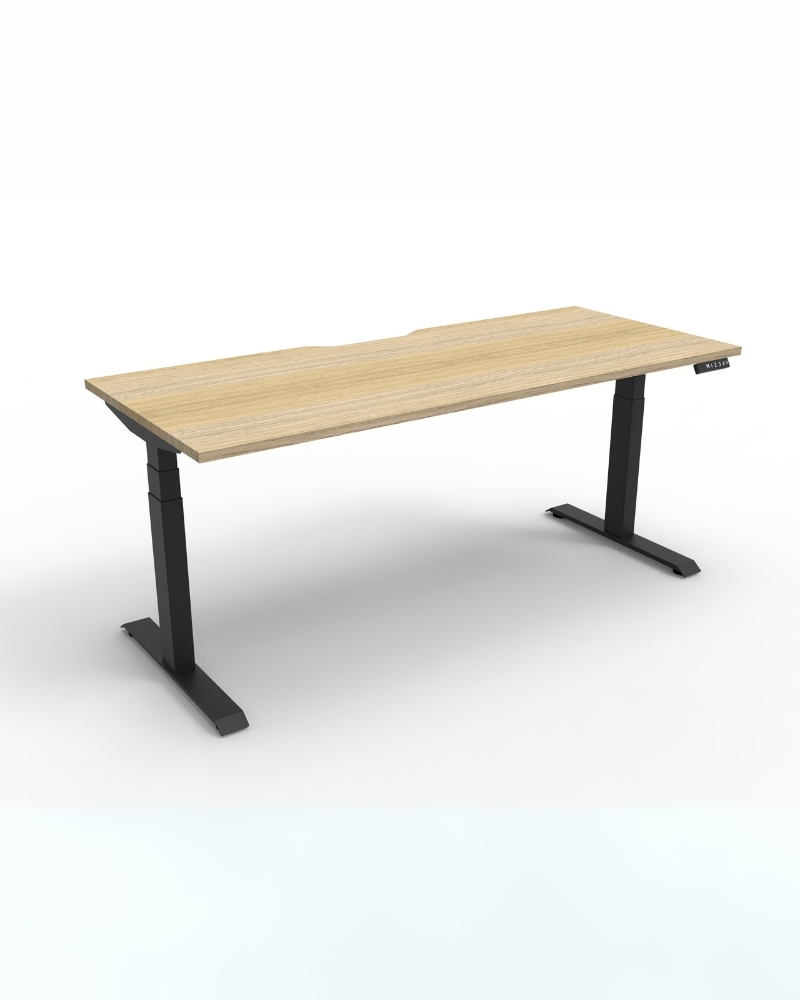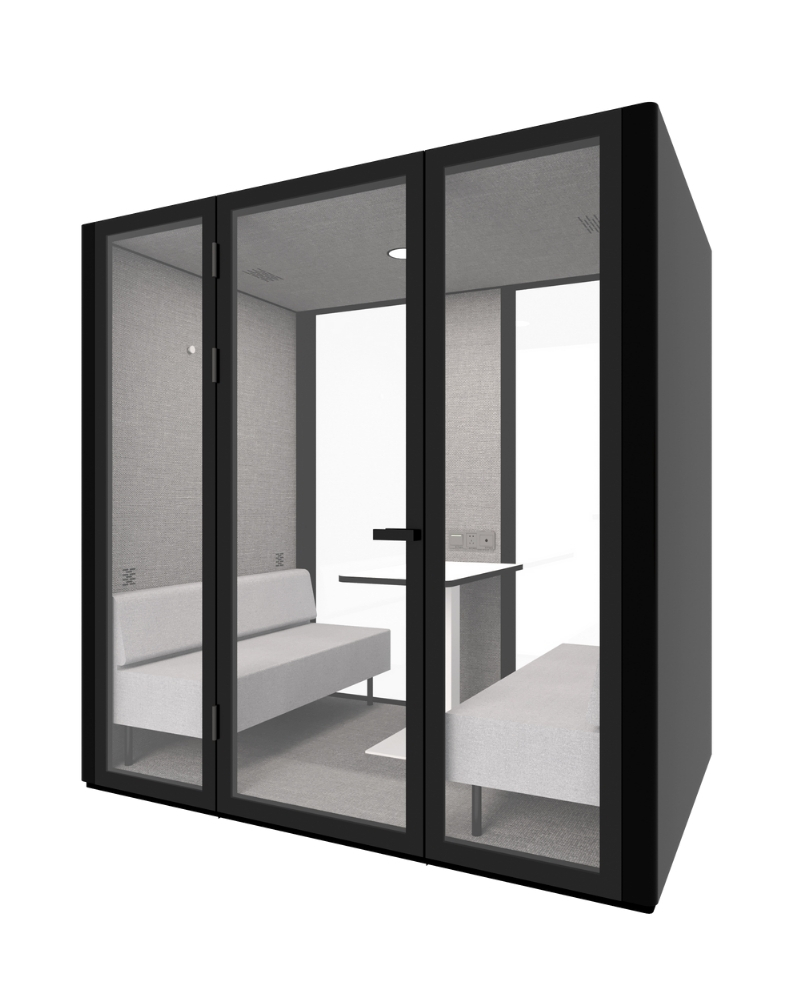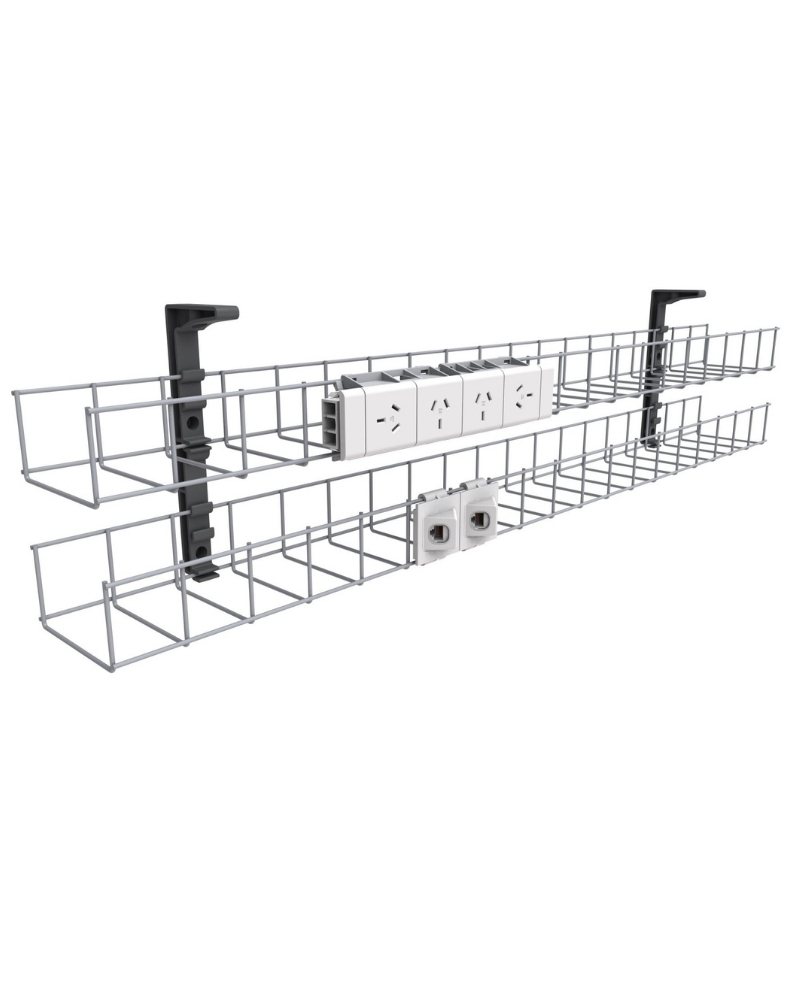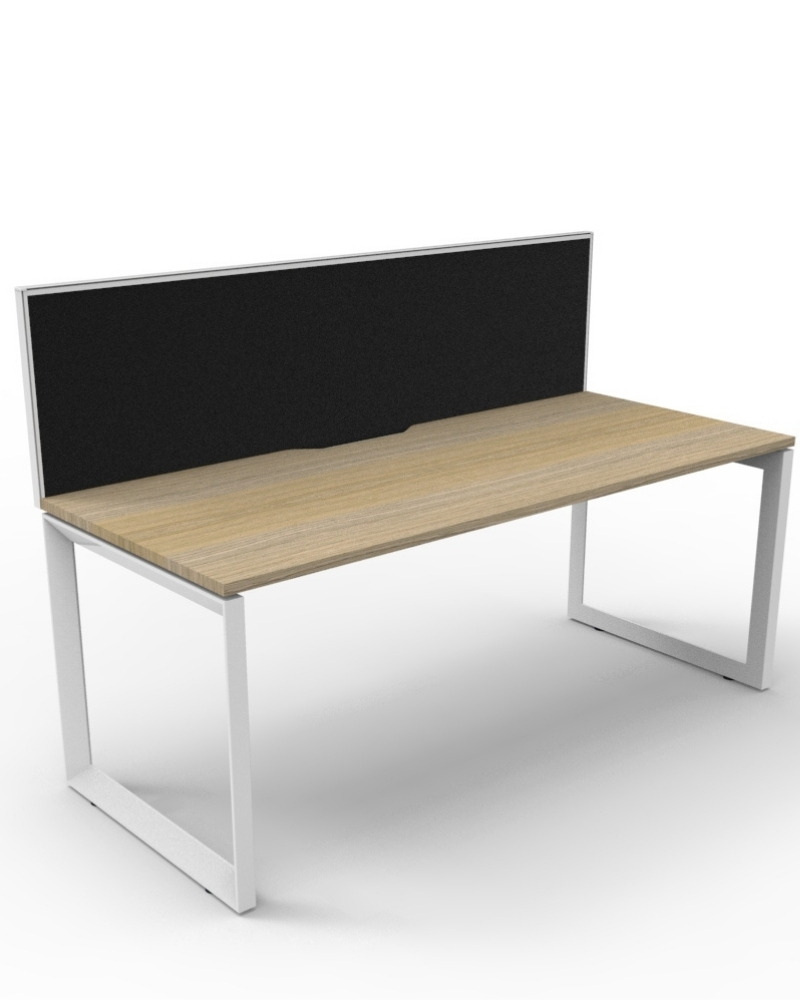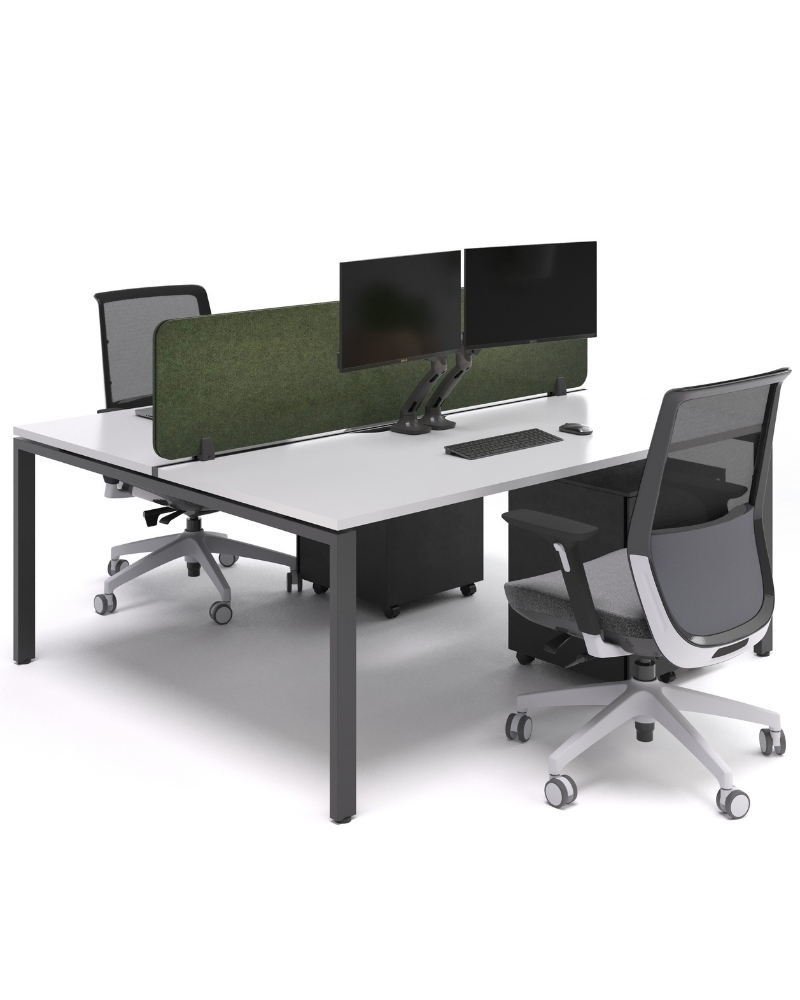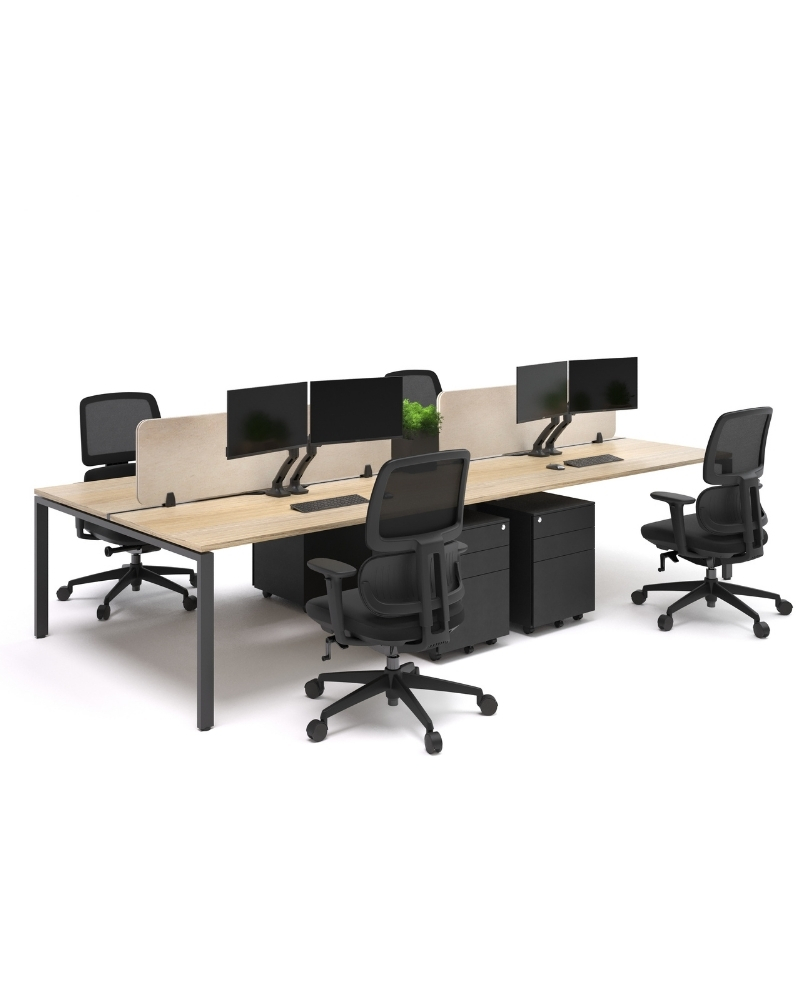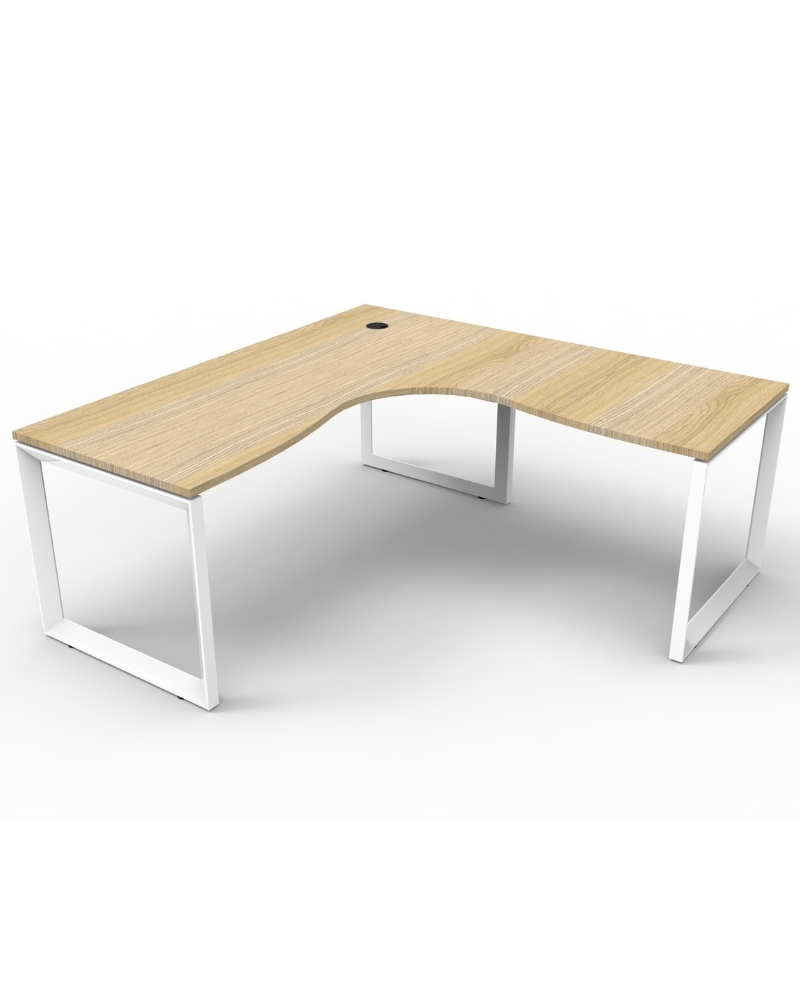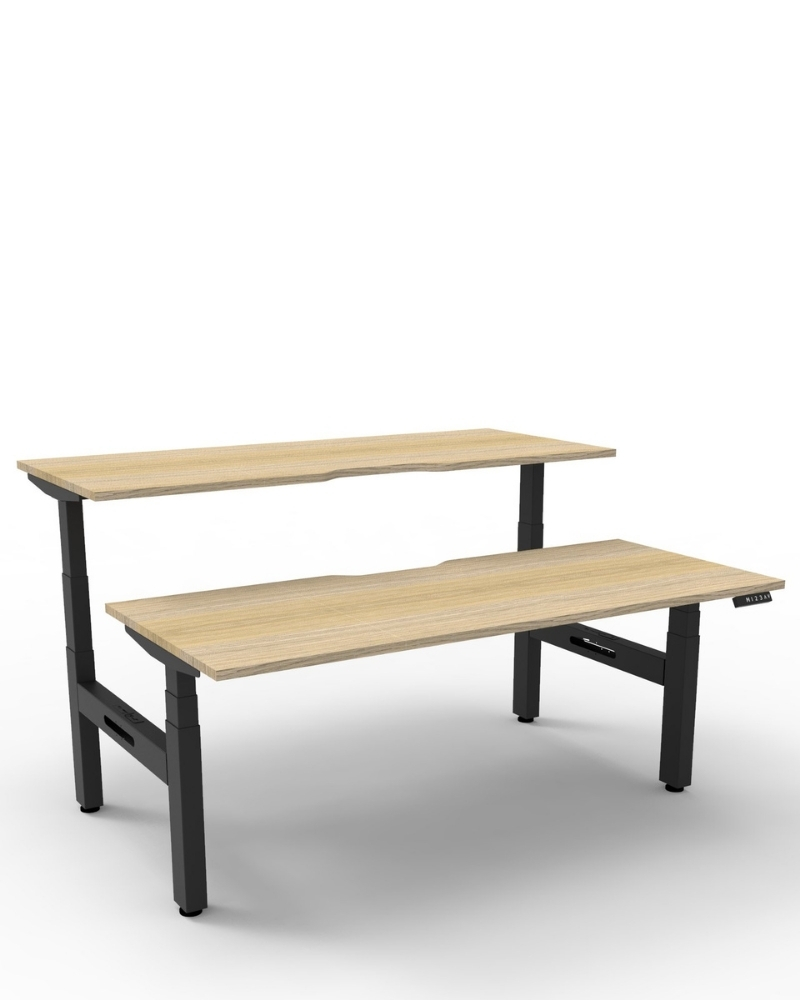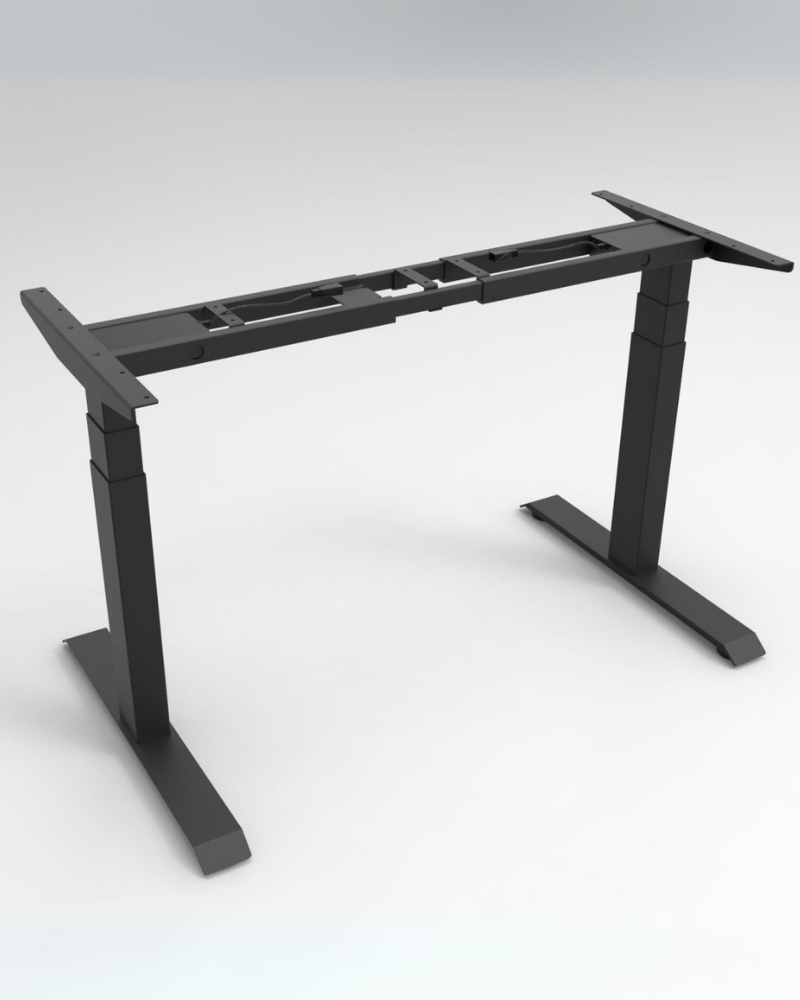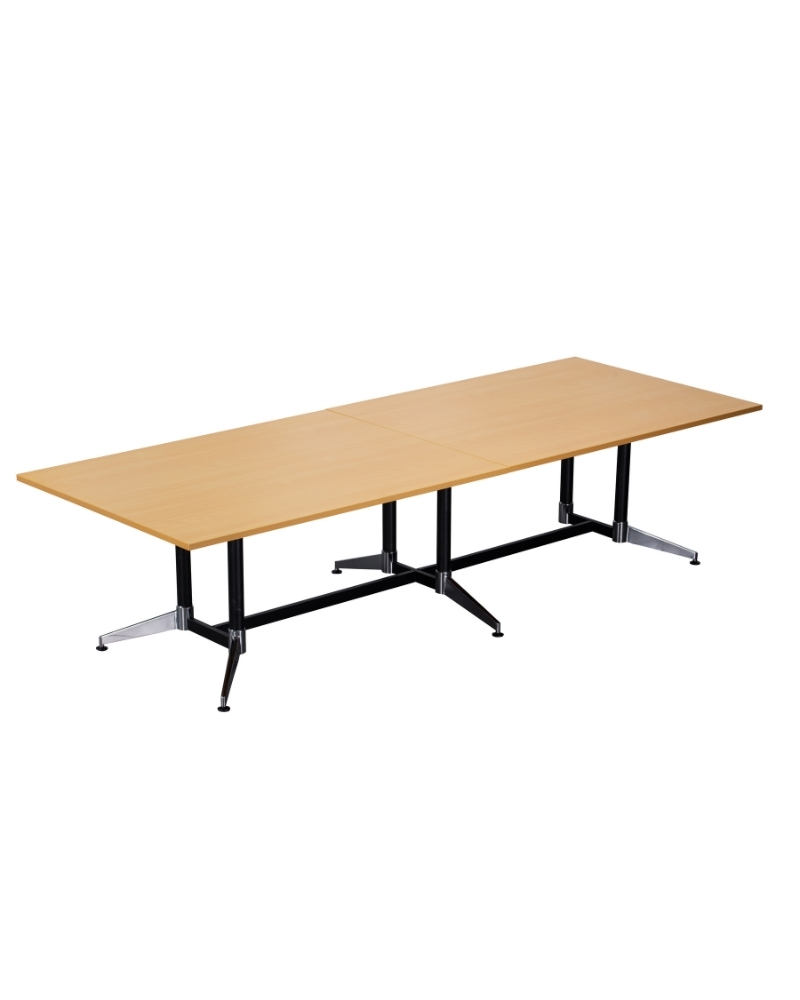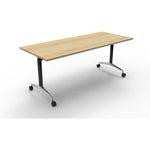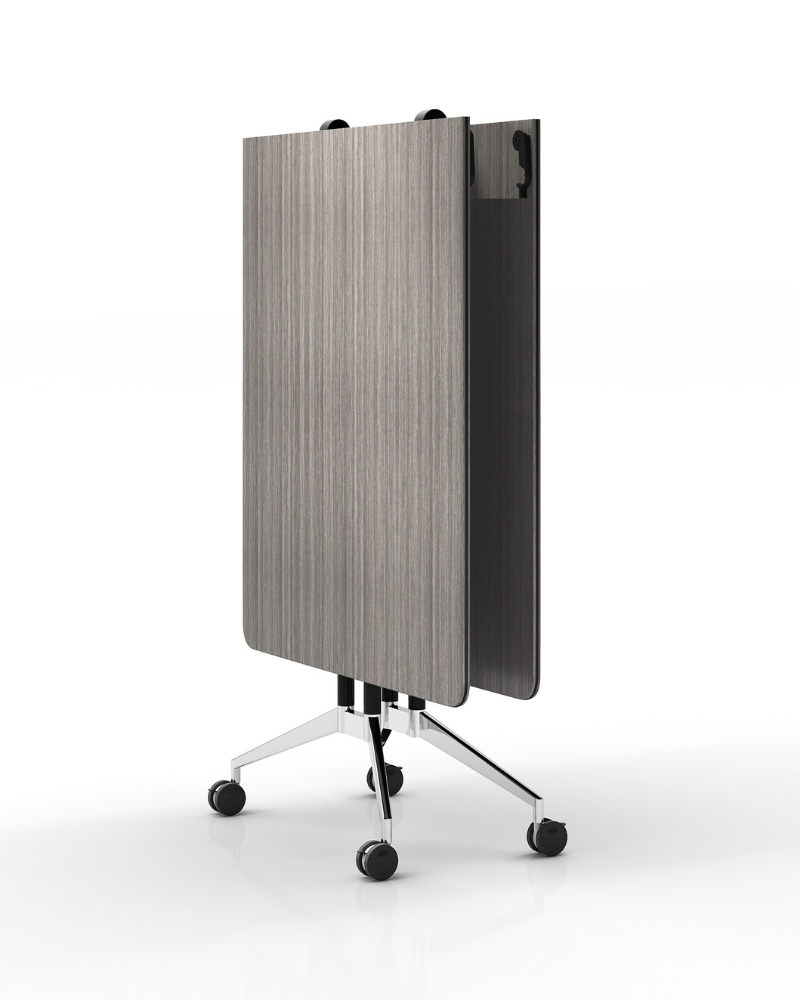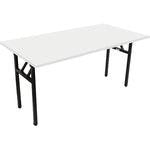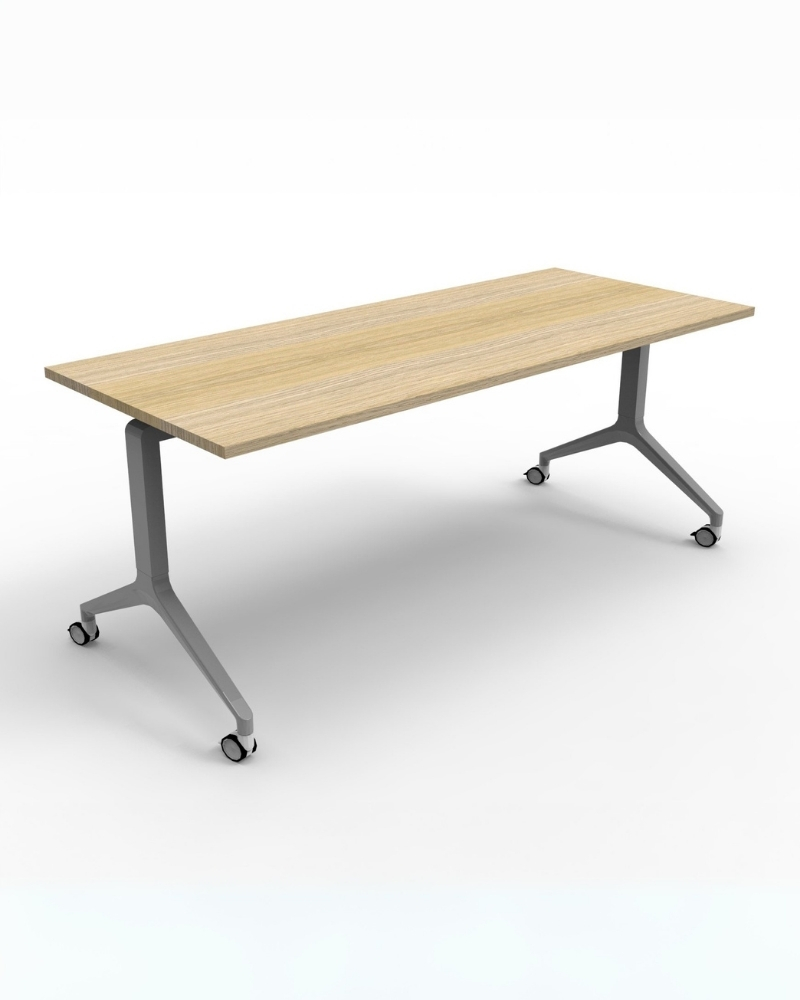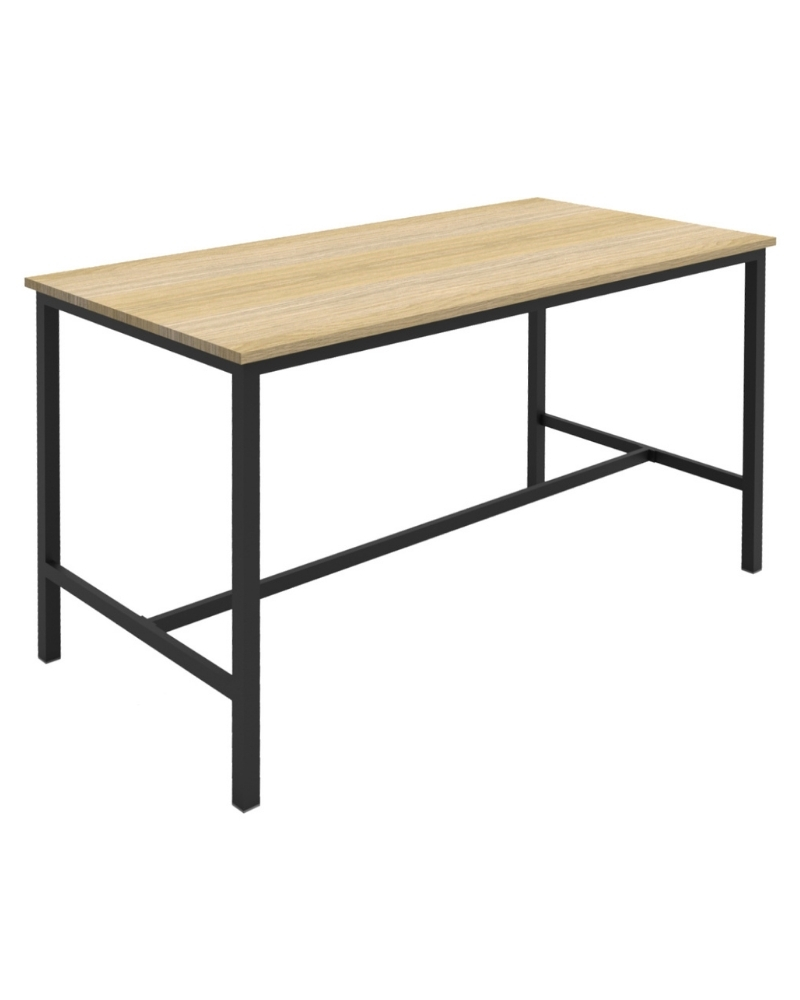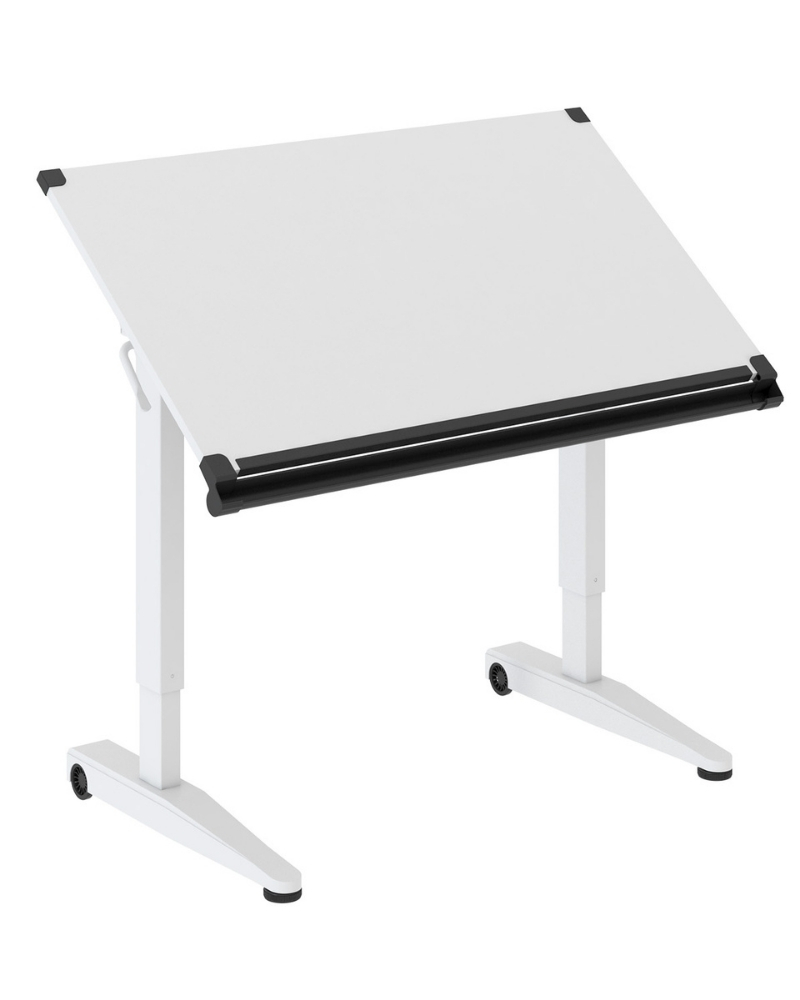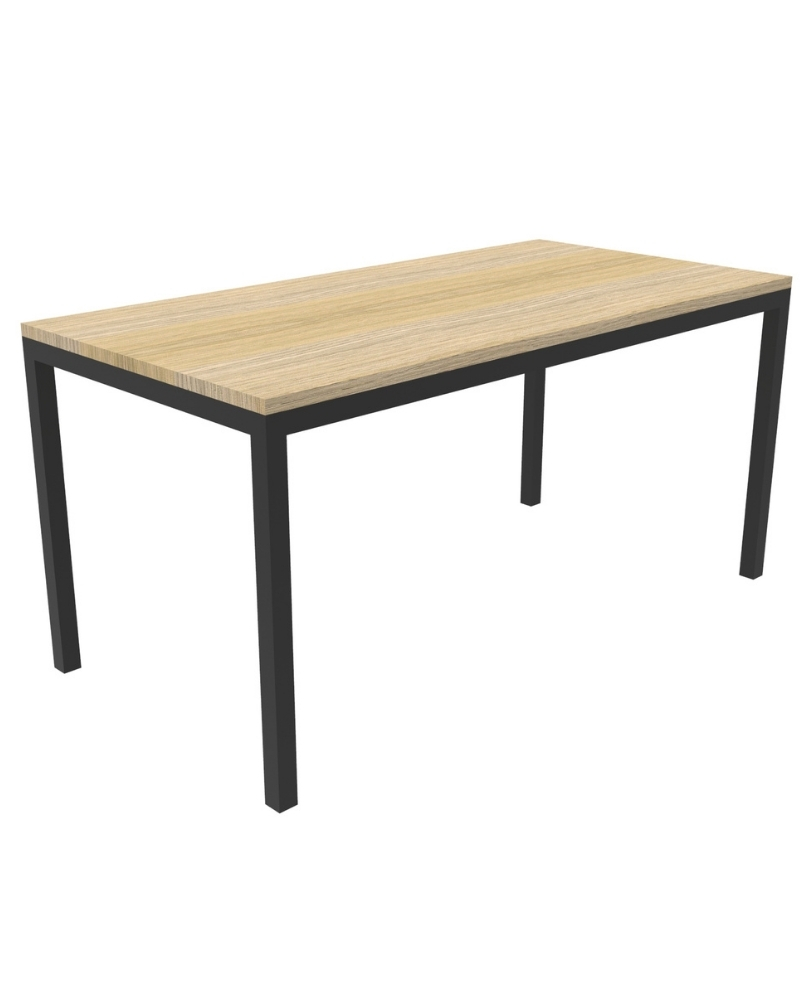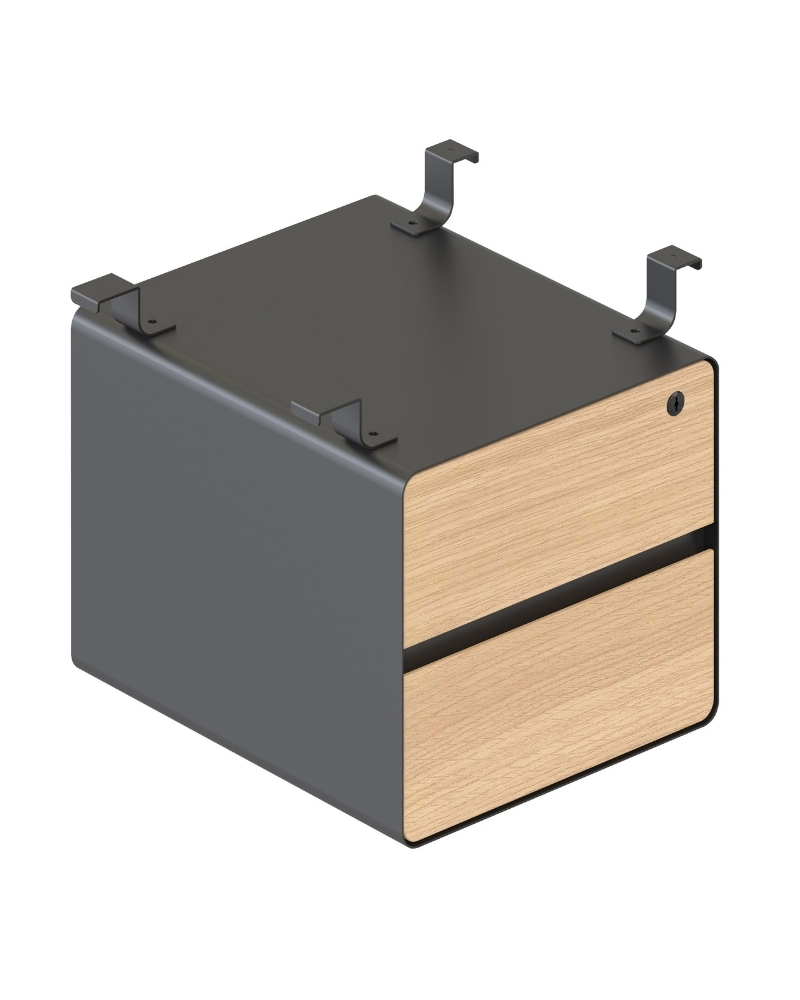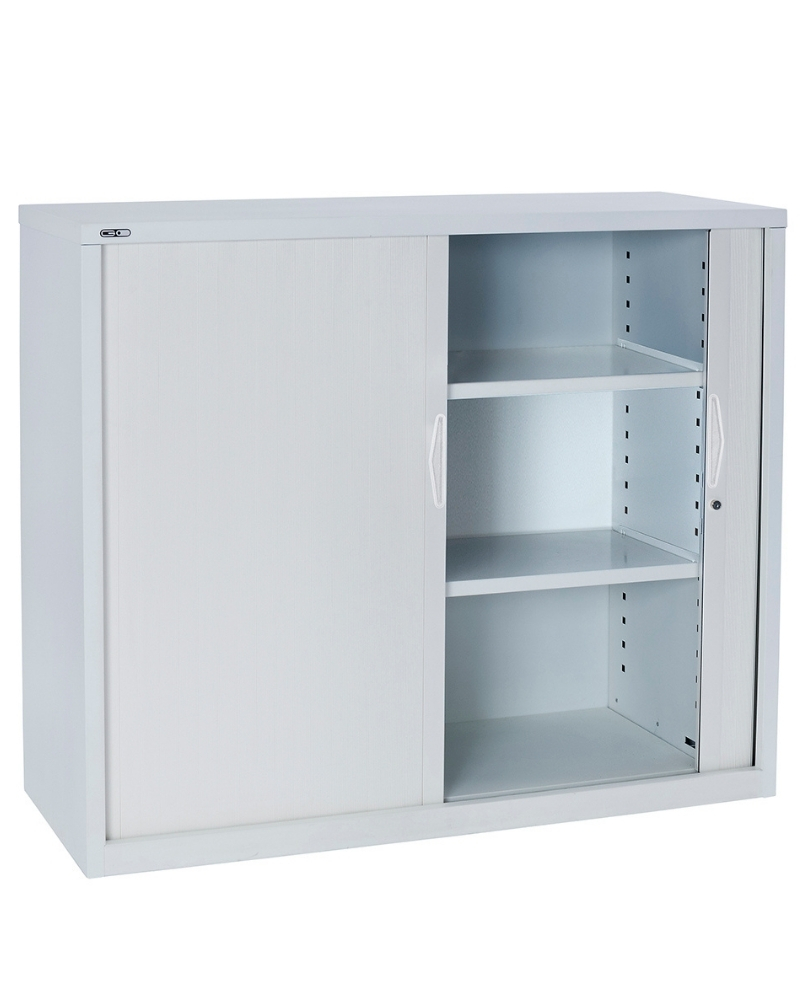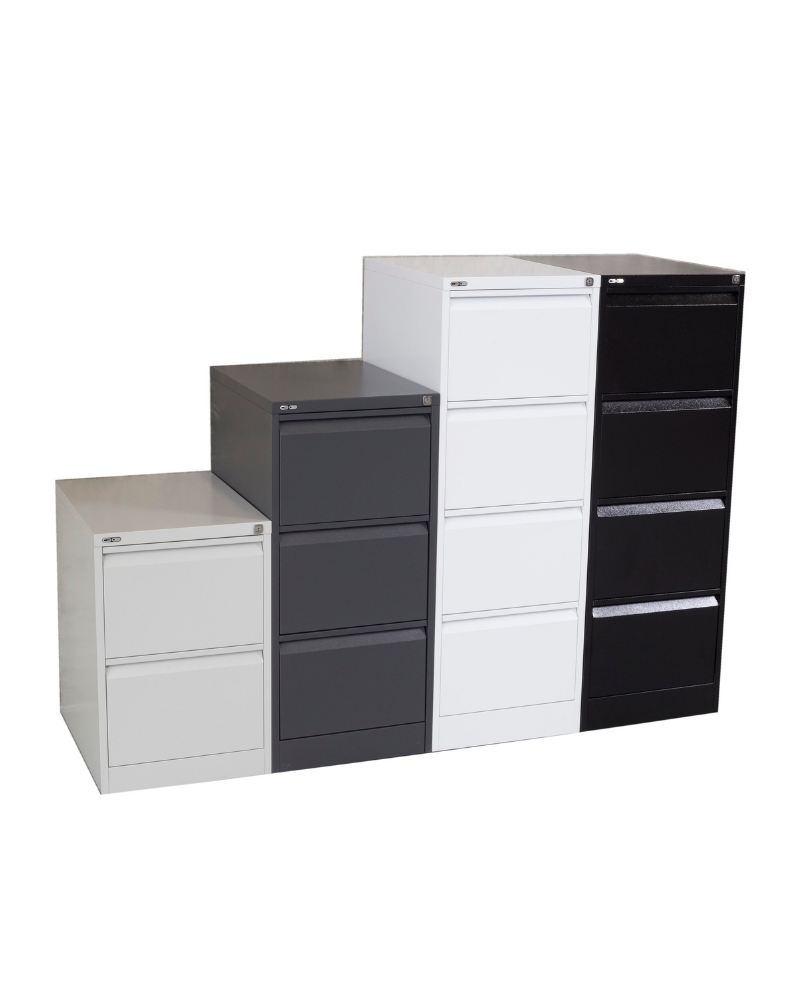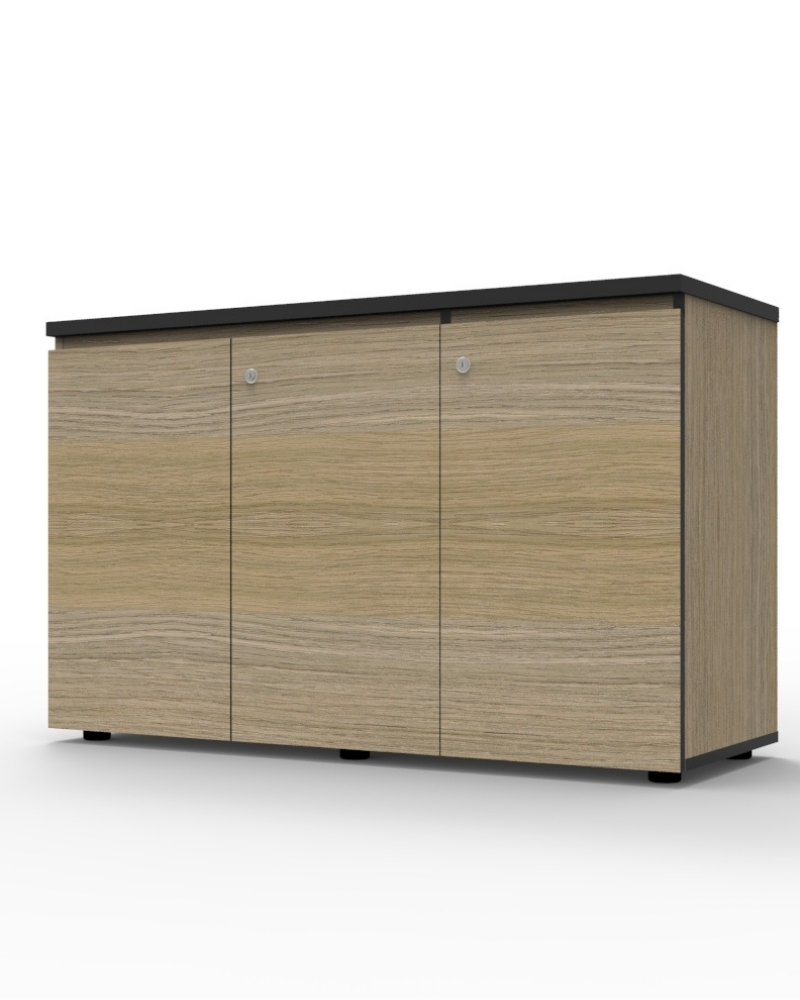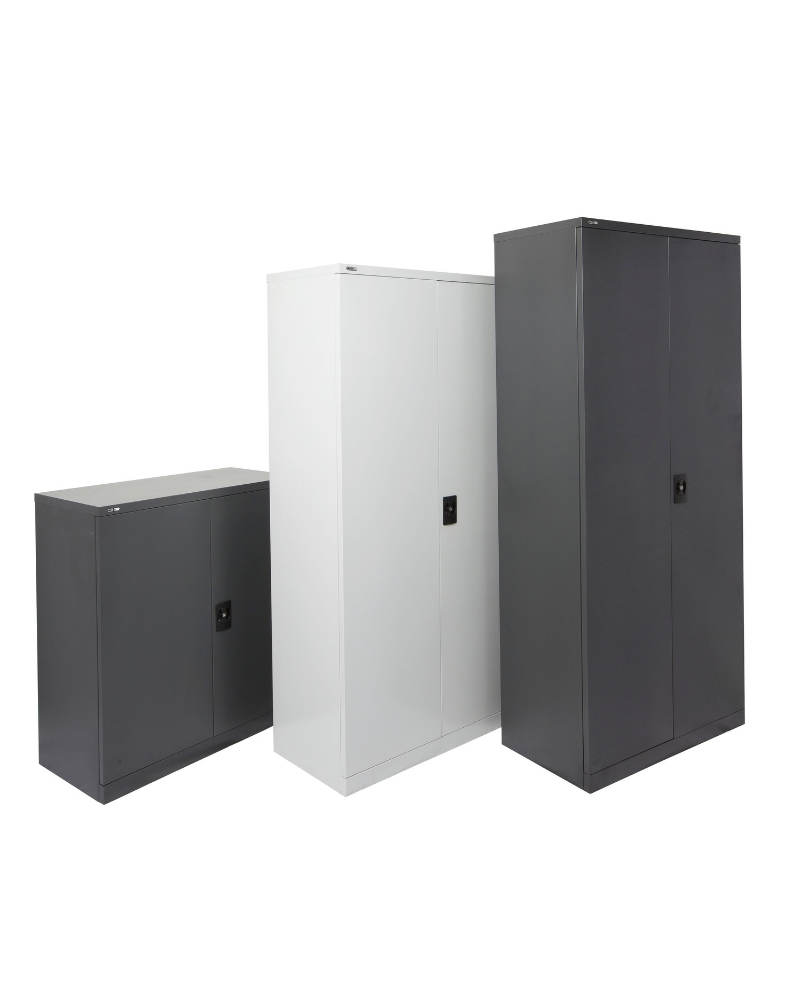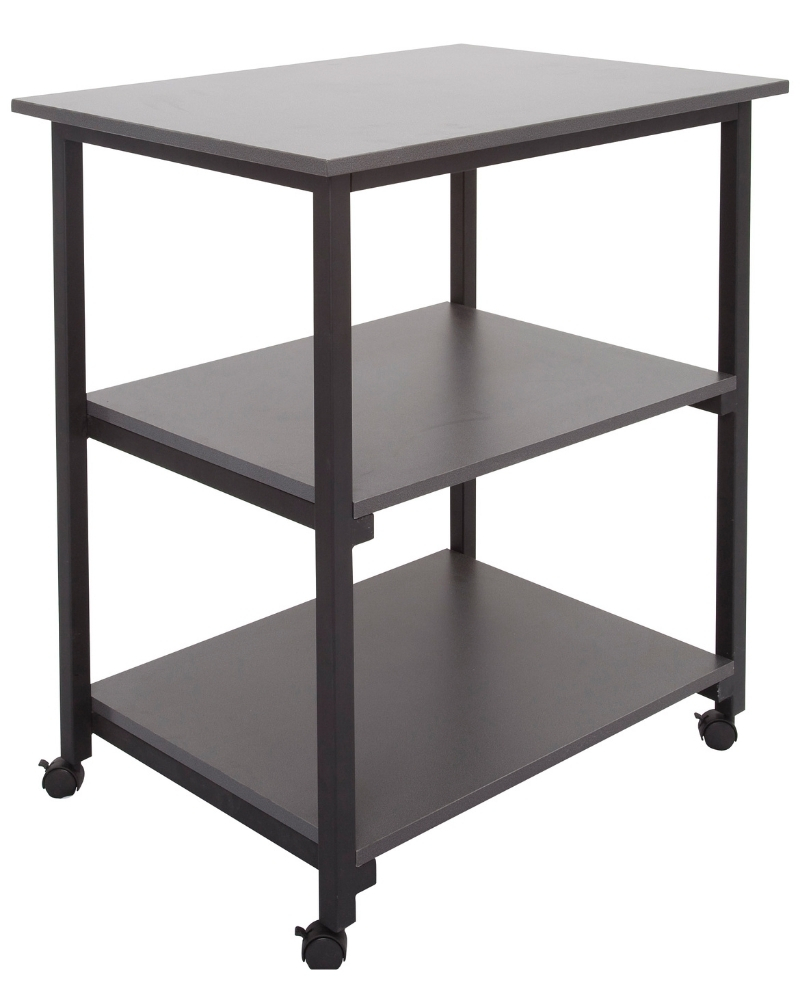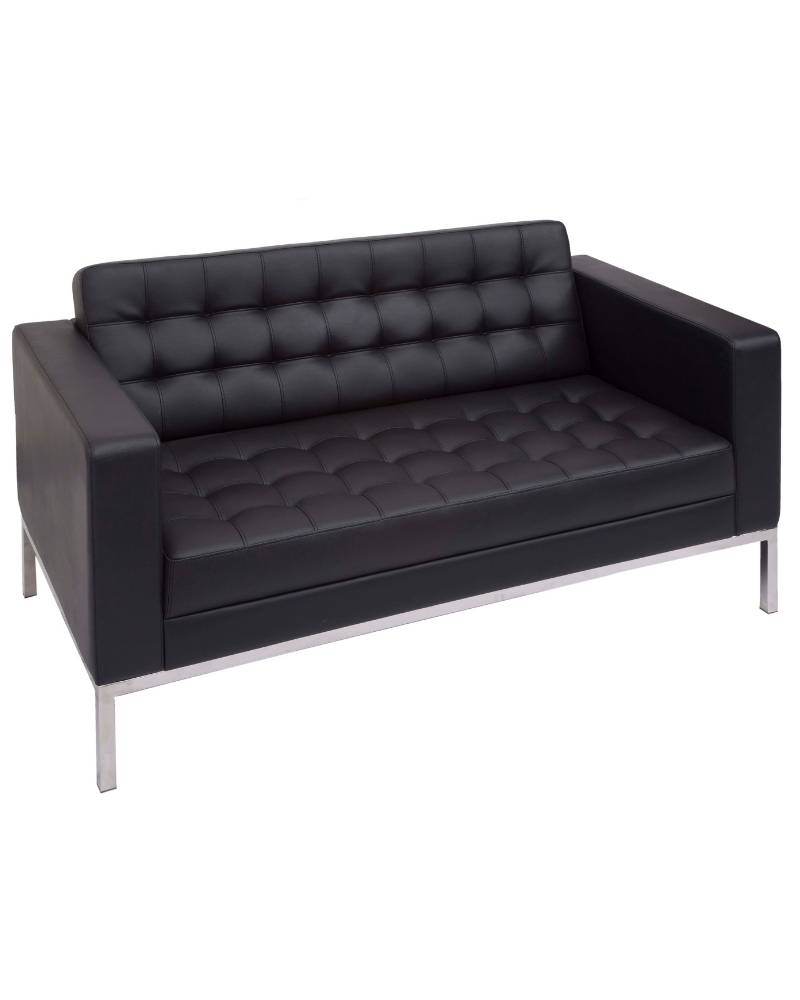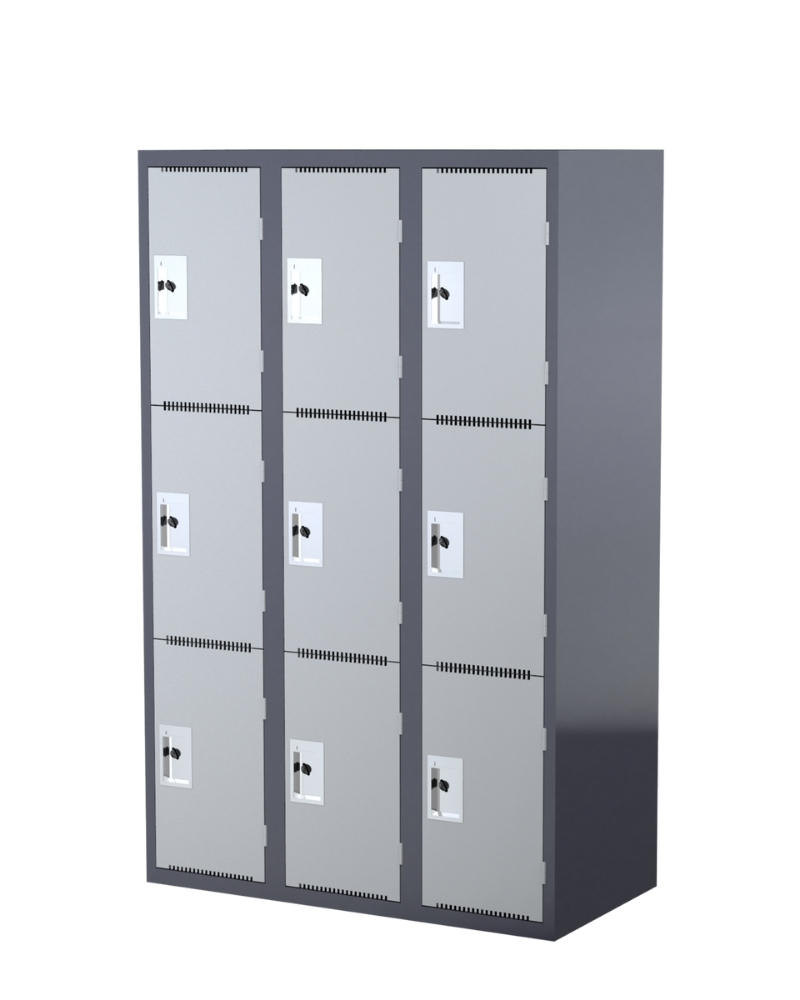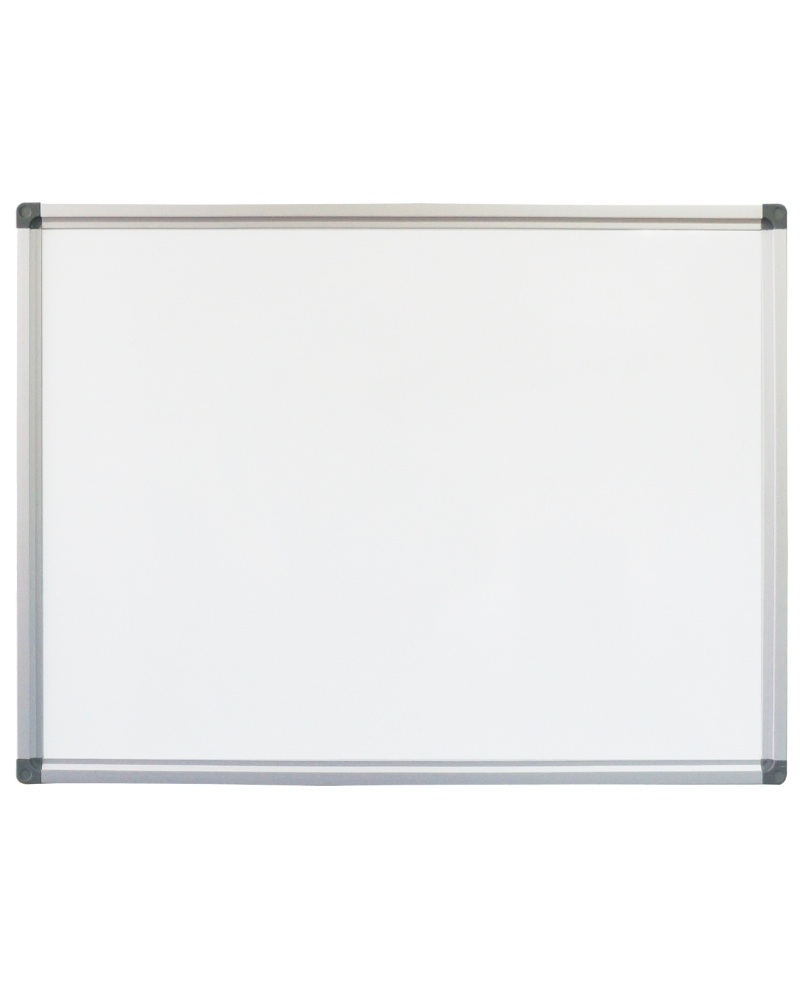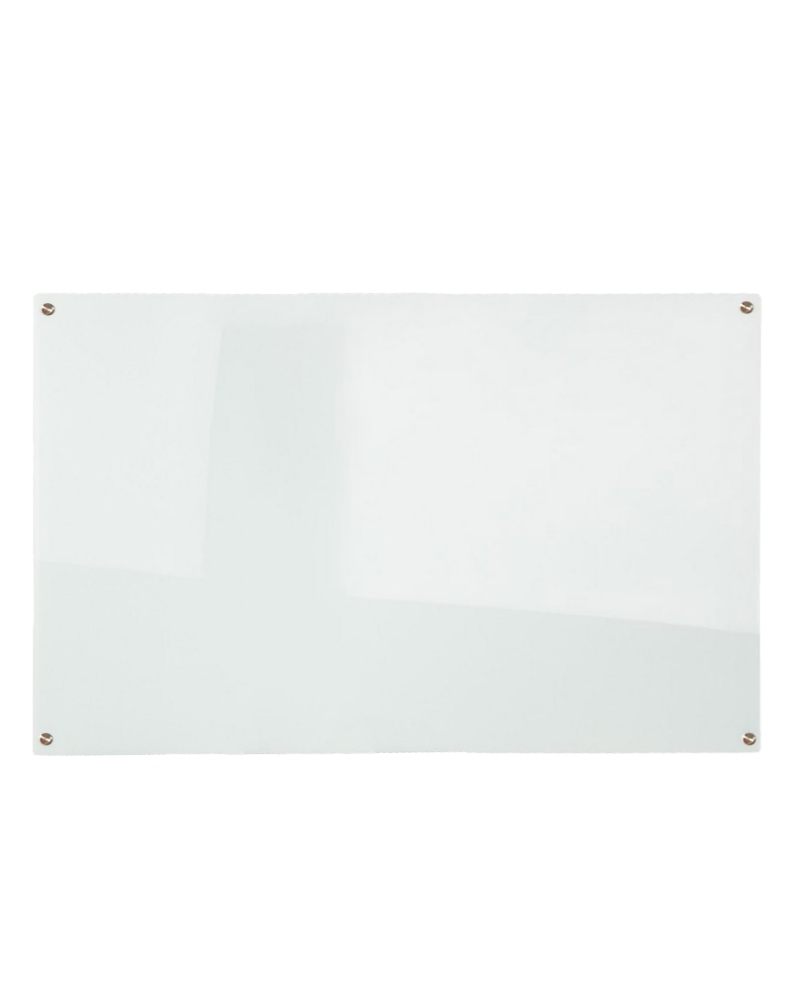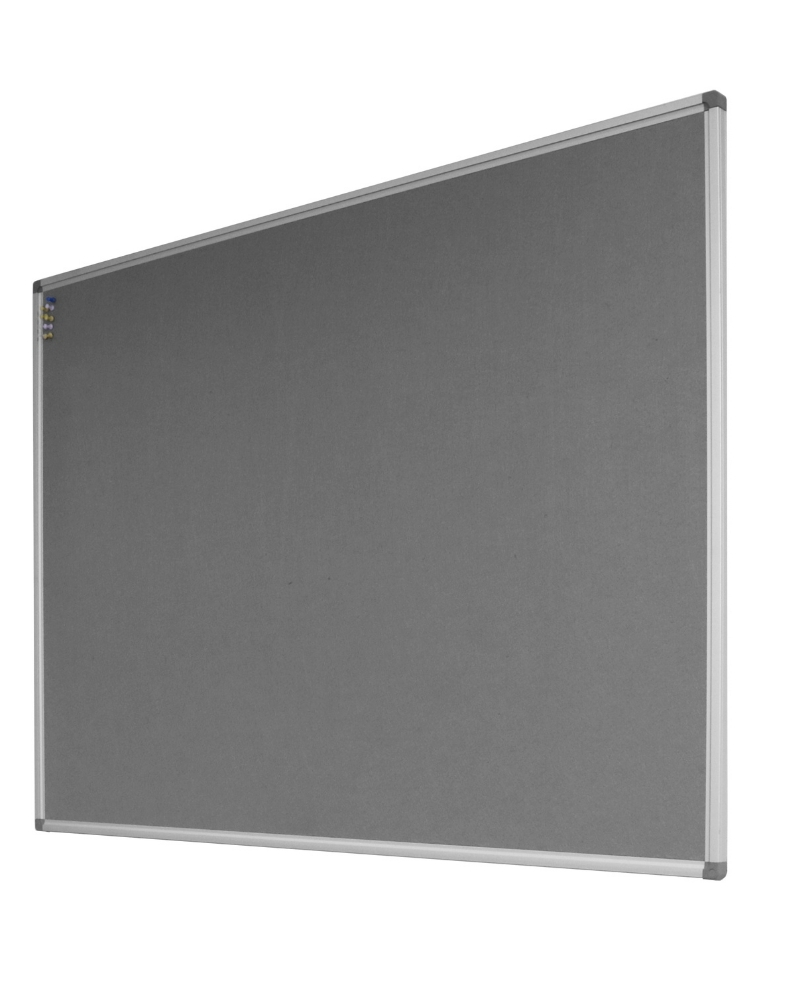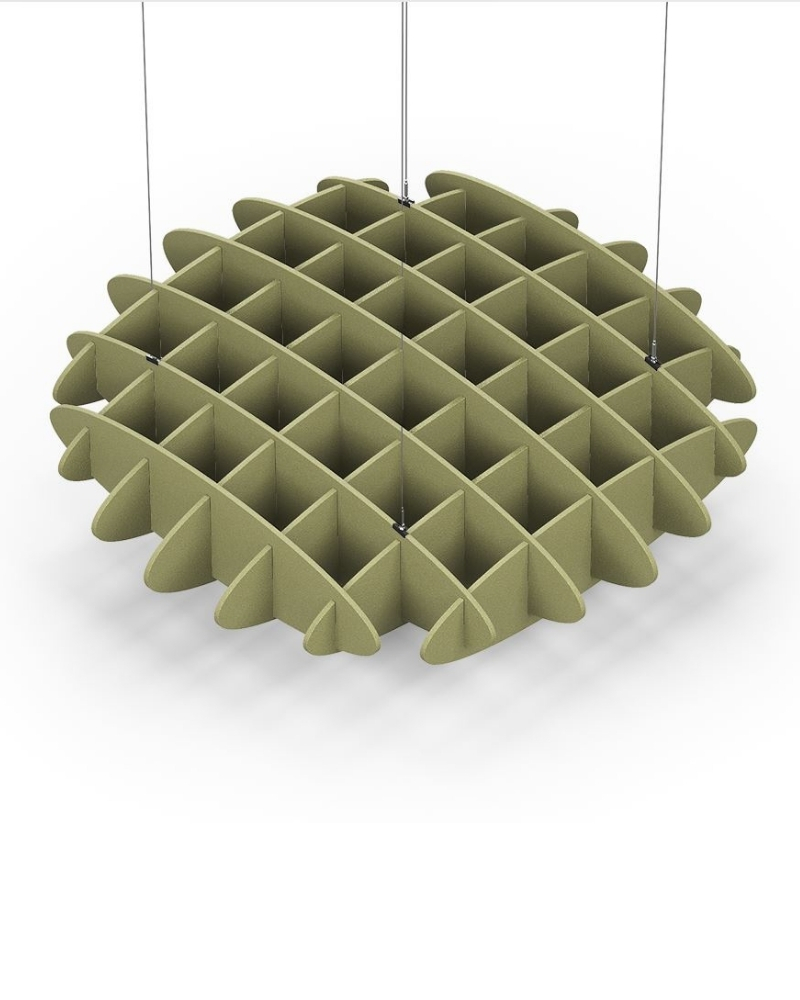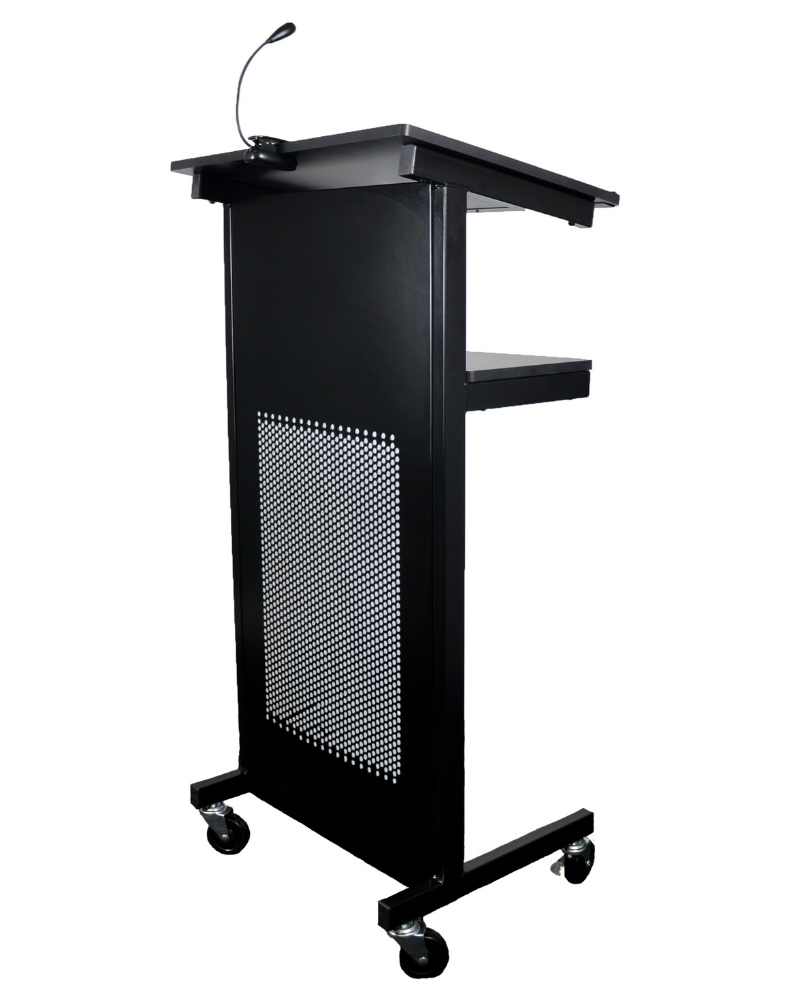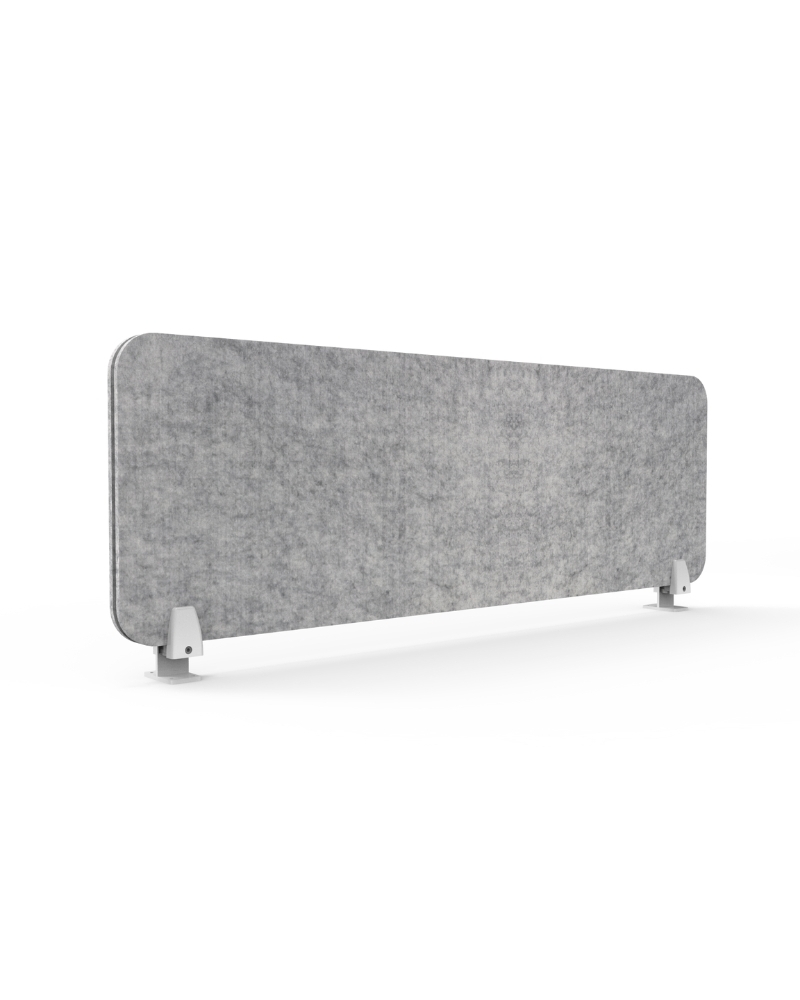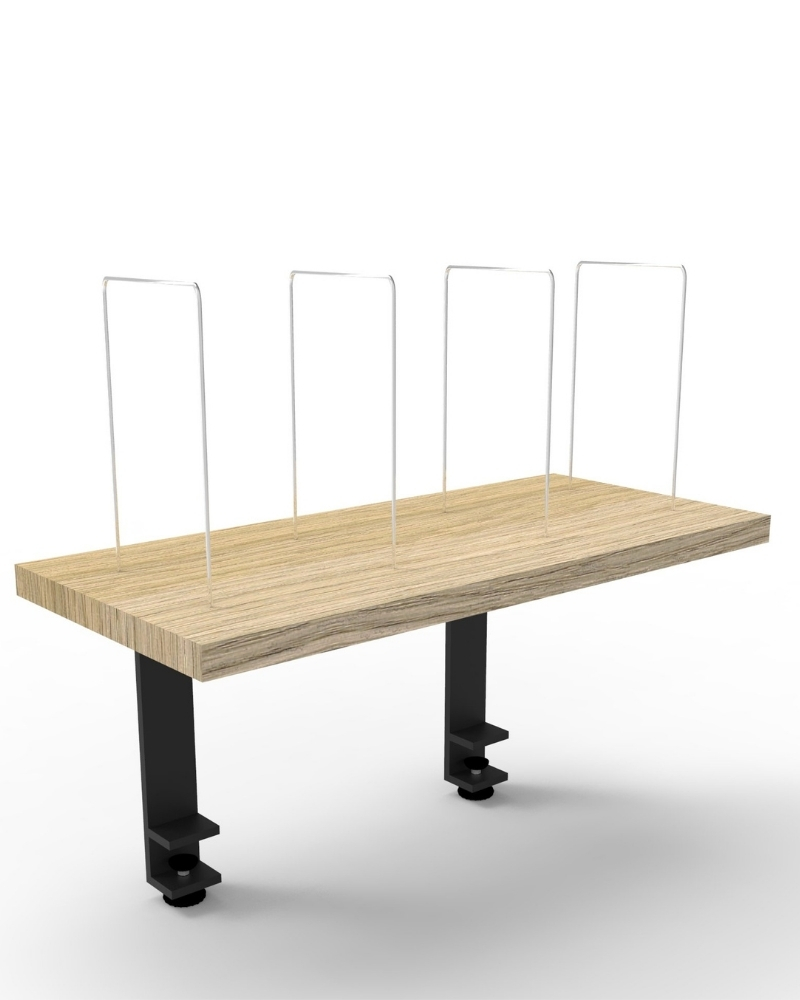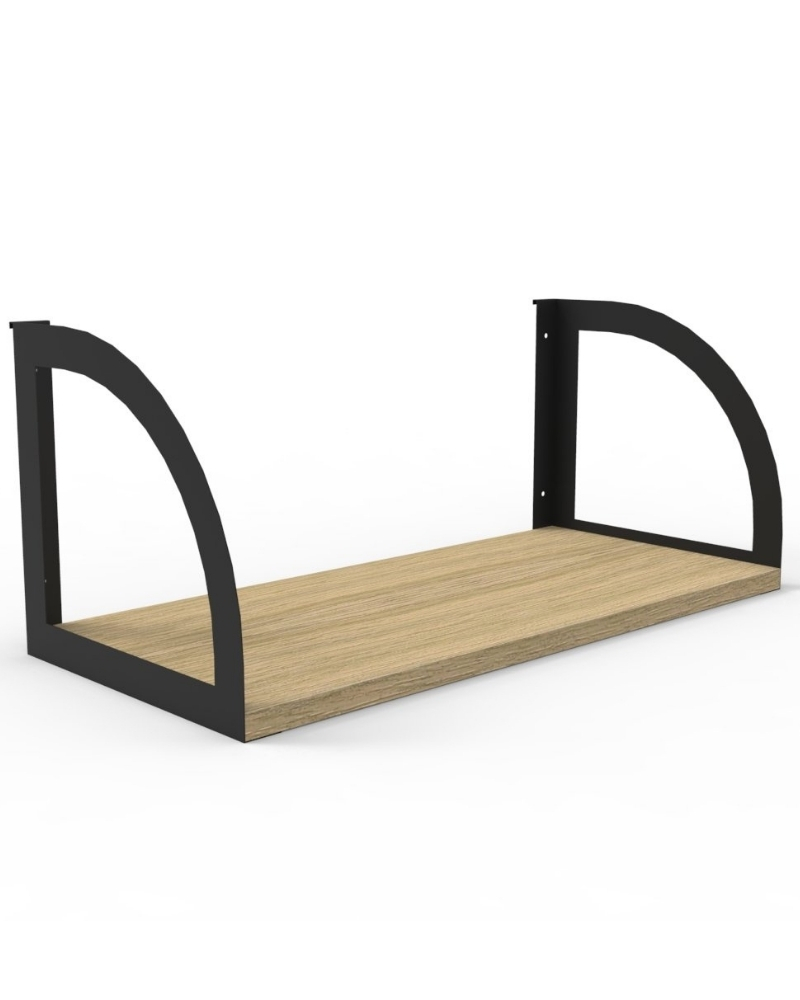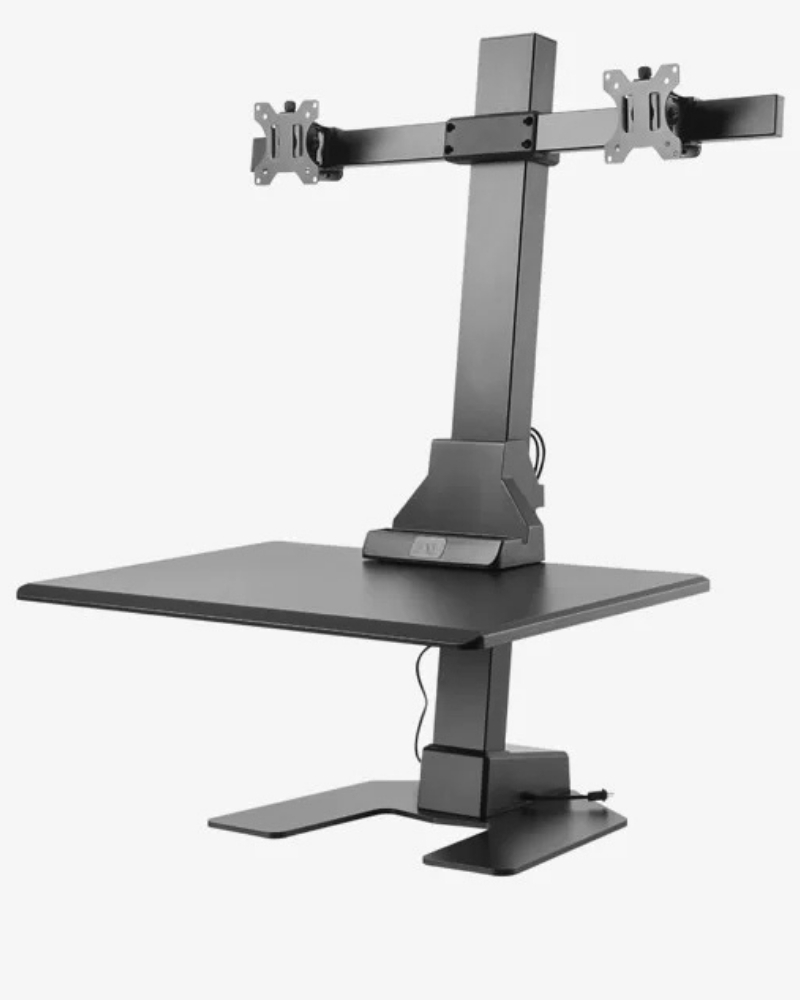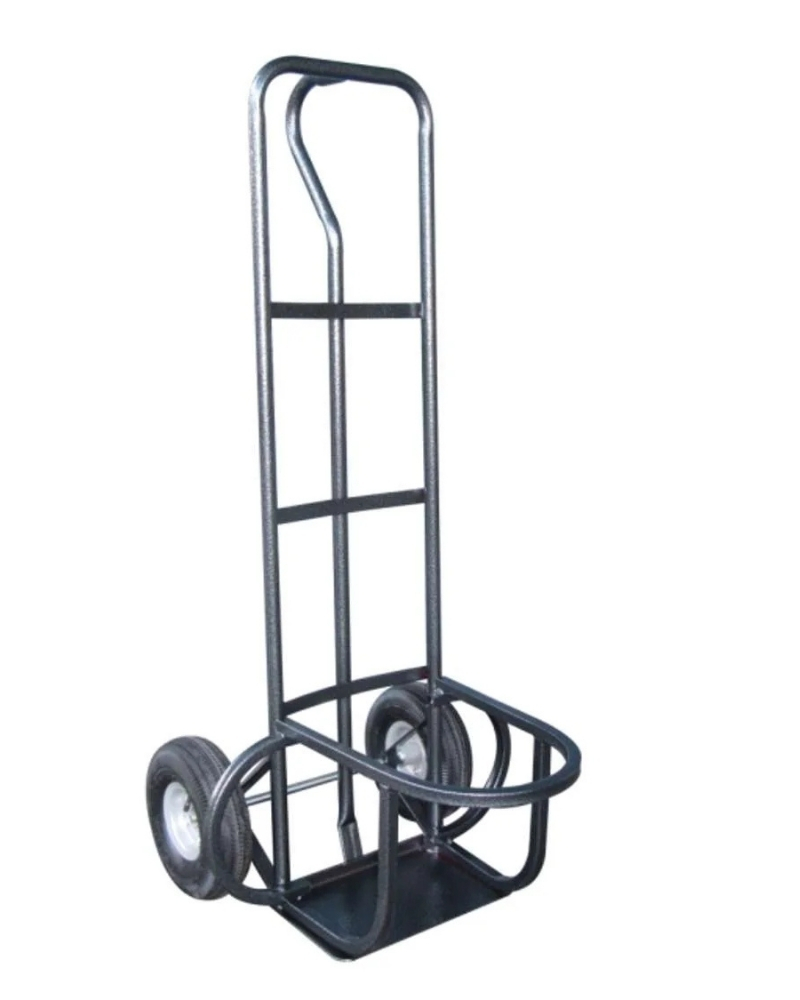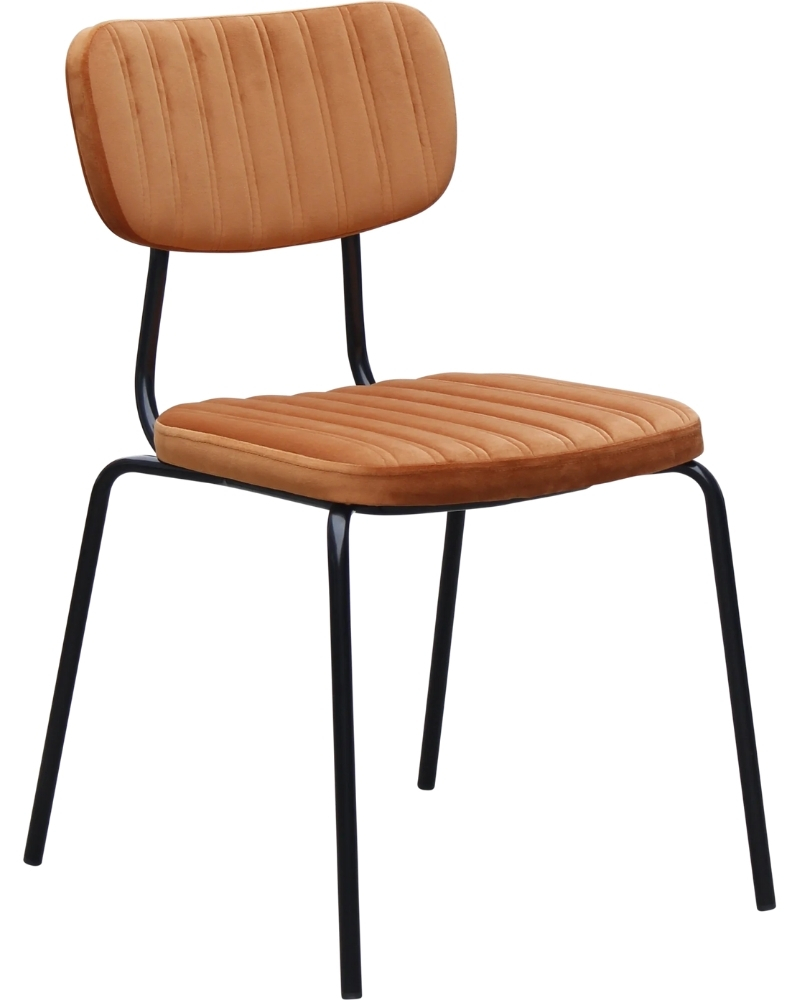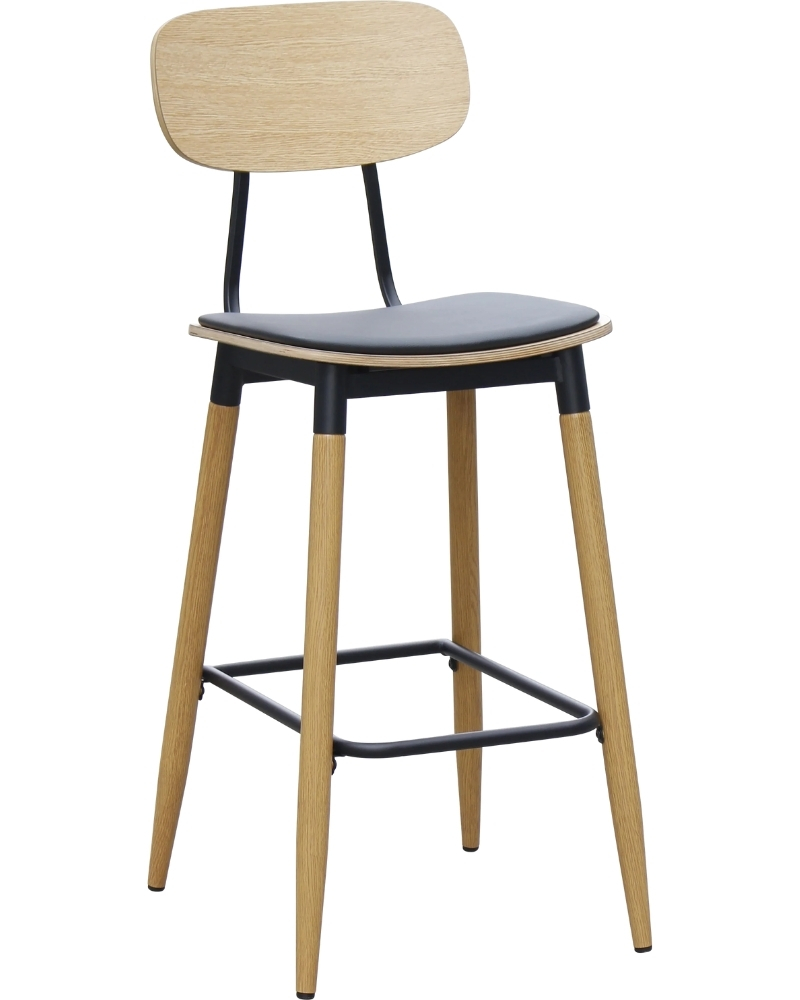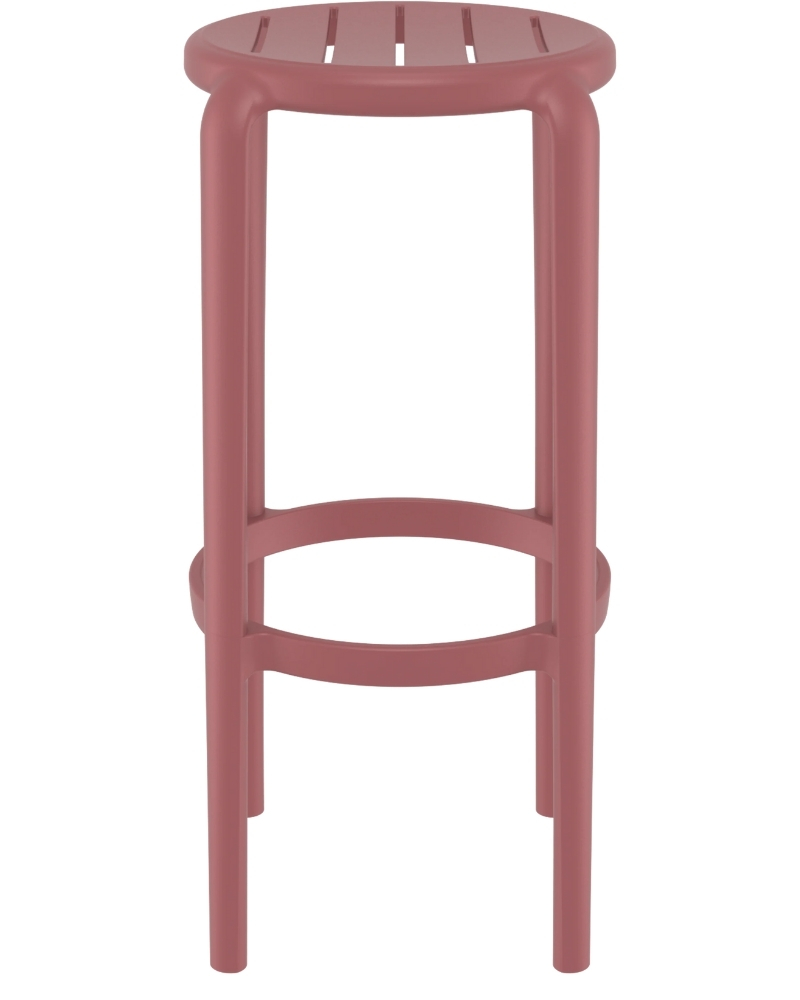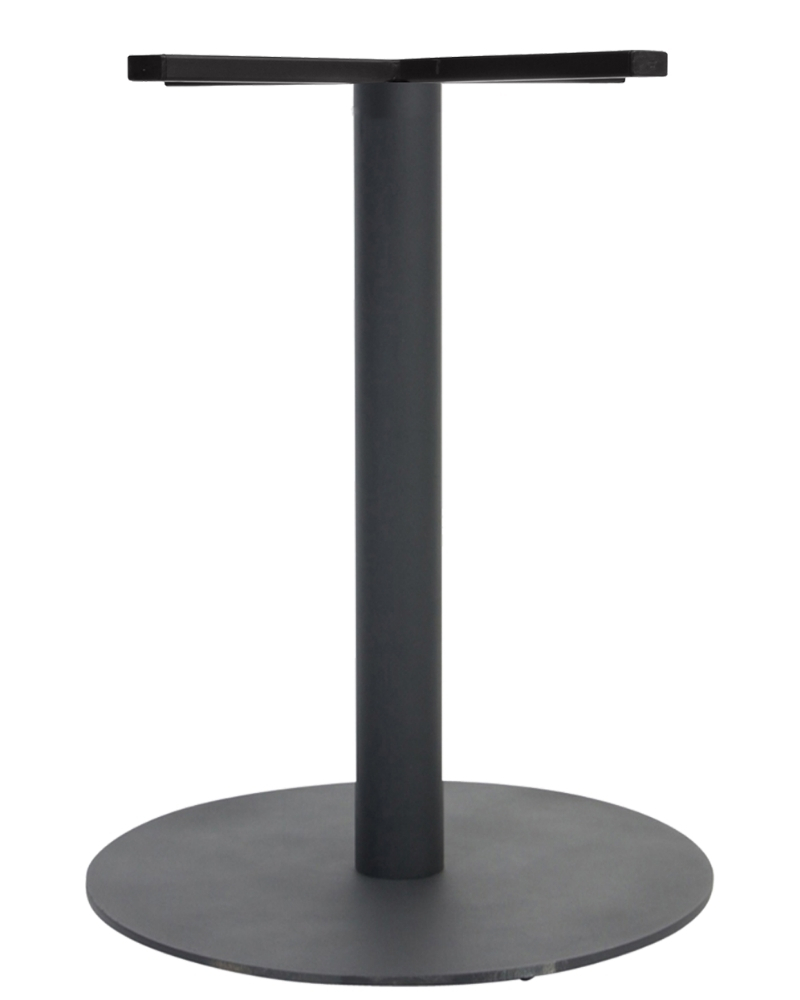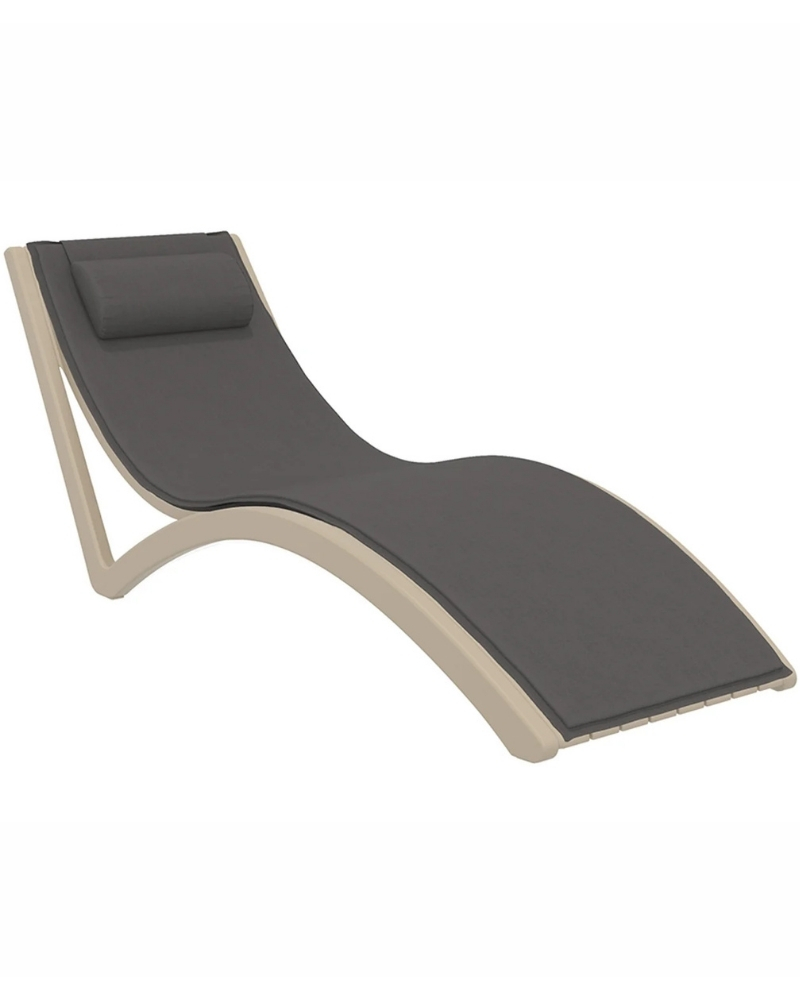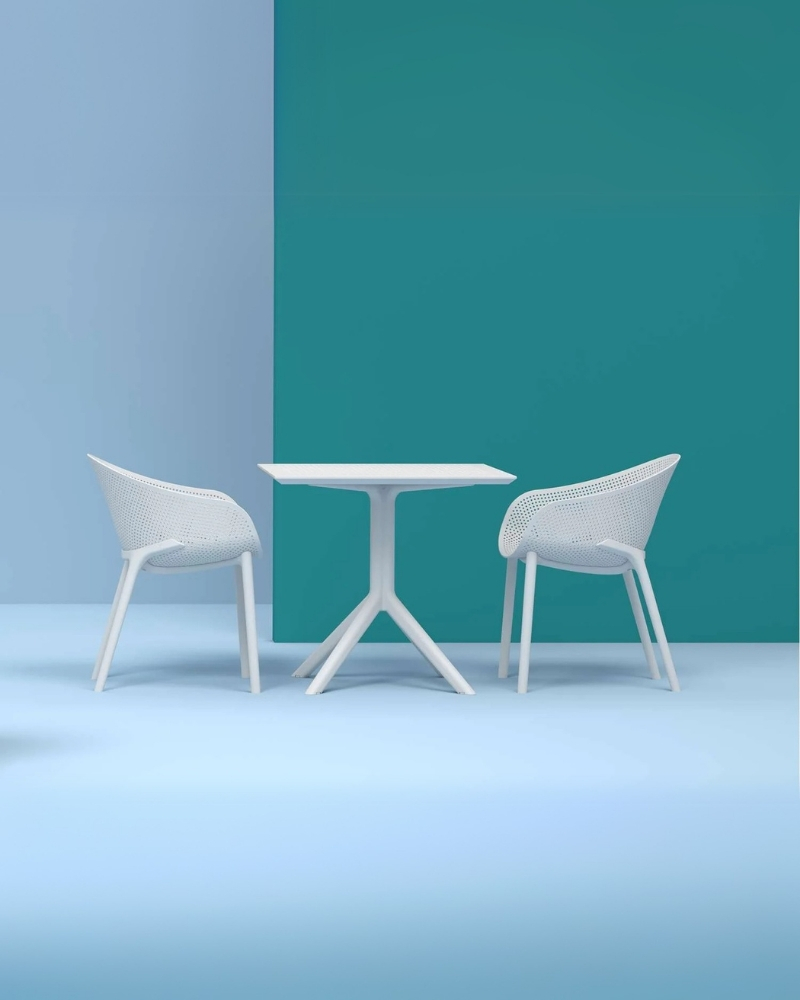Pricing Guide
Standing Desk vs Sitting Desk: Which Boosts Productivity?
Evidence-based comparison of standing and sitting desks for Australian workplaces, with practical recommendations and pricing.
Quick Answer (TL;DR)
Standing desks reduce sedentary time and may improve focus, while sitting desks offer stability for detailed work. Best solution: adjustable sit-stand desks ($400-$1200) allowing 30-60 minute position changes. Studies show alternating positions reduces back pain by 32% and increases energy levels throughout the workday.
The Science Behind Standing vs Sitting
Australian workers sit an average 8-10 hours daily, contributing to what health researchers call “sitting disease”—a cluster of health issues including back pain, poor circulation, and decreased energy. The question isn’t whether sitting is problematic (it is), but whether standing all day is the solution (it’s not).
Recent studies from Australian universities show the optimal approach alternates between sitting and standing throughout the day, typically changing positions every 30-60 minutes. This pattern maximizes health benefits while avoiding the fatigue and foot pain associated with prolonged standing.
Standing Desk Benefits
Reduced Back and Neck Pain
Studies show 32% reduction in upper back and neck pain after using standing desks for 4 weeks. Standing naturally promotes better posture, reducing strain on the spine’s lumbar region. Employees with existing back issues report noticeable improvement within 2-3 weeks.
Increased Energy and Focus
Standing increases heart rate by 8-10 beats per minute, improving circulation and oxygen flow to the brain. Users report feeling more alert during afternoon hours—the typical post-lunch productivity slump. This translates to 10-15% improvement in sustained focus tasks.
Calorie Burn (Modest but Real)
Standing burns 0.15 calories per minute more than sitting (roughly 50 calories per hour). Over an 8-hour workday with 3-4 hours standing, this adds to 150-200 extra calories—equivalent to a 30-minute walk. Not a weight-loss solution alone, but contributes to overall activity levels.
Improved Mood and Collaboration
Standing workers report 87% less stress and fatigue compared to seated-only colleagues. Standing position facilitates easier movement around office, increasing spontaneous collaboration. Particularly beneficial for roles involving frequent colleague interactions.
Sitting Desk Benefits
Superior for Detailed Work
Tasks requiring fine motor control—detailed design work, data entry, financial analysis—perform better seated. Sitting provides stable platform for precision work. Studies show 8-12% decrease in micro-errors when seated versus standing for tasks under 2mm precision requirements.
Lower Initial Fatigue
Standing all day causes leg and foot fatigue, particularly for workers unaccustomed to prolonged standing. Seated work avoids this learning curve. Most users need 2-3 weeks to build standing endurance from 30 minutes to 2+ hours.
Cost Savings
Quality sitting desks cost $200-$400 versus $400-$1200 for adjustable standing desks. For budget-conscious Australian businesses, traditional desks with ergonomic chairs ($300-$500) provide excellent value. Standing desk benefits don’t justify cost for all roles.
Familiar and Comfortable
Zero transition period. Employees know how to use sitting desks effectively. Standing desks require behavior change—many users default to sitting unless actively reminded to adjust position.
The Hybrid Solution: Adjustable Sit-Stand Desks
Rather than choosing between standing or sitting, adjustable desks enable position changes throughout the day. Research consistently shows this flexibility delivers maximum health and productivity benefits.
Manual Adjustable Desks ($400-$600)
Mechanism: Hand-crank or pneumatic lift adjustment
Adjustment time: 20-40 seconds
Best for: Users who change positions 1-2 times daily, budget-conscious businesses
Consideration: Manual effort discourages frequent changes. Most users settle into preferred position (usually seated) within weeks. Better than fixed desks but suboptimal compared to electric.
Electric Adjustable Desks ($600-$1200)
Mechanism: Motorized lift with programmable height memory
Adjustment time: 8-15 seconds
Best for: Users committing to regular position changes, shared desks, modern offices
Key feature: Memory presets (2-4 saved heights) enable one-button transitions between sitting and standing positions. This ease-of-use dramatically increases actual usage—studies show 4x more position changes versus manual desks.
Optimal Usage Patterns
The 30-60-90 Rule
30 minutes: Minimum time in each position before changing. Shorter intervals don’t provide benefits and create distraction.
60 minutes: Ideal position duration for most workers. Balances comfort, productivity, and health benefits.
90 minutes: Maximum standing duration before taking seated break. Beyond this, fatigue outweighs benefits.
Sample Daily Schedule
- 8:00-9:30am: Seated (emails, planning, detailed work)
- 9:30-11:00am: Standing (meetings, phone calls, collaborative work)
- 11:00am-12:30pm: Seated (deep focus tasks)
- 1:30-2:30pm: Standing (post-lunch energy boost)
- 2:30-4:00pm: Seated (detailed work, documentation)
- 4:00-5:00pm: Standing (wrap-up tasks, planning)
This pattern achieves approximately 40-50% standing time—the range showing optimal health benefits without excessive fatigue.
Role-Specific Recommendations
Software Developers / Designers
Recommendation: Electric sit-stand desk ($700-$1000)
Reasoning: Long focus periods benefit from position flexibility. Standing during code reviews and team discussions, sitting for detailed implementation. High desk usage (8+ hours daily) justifies premium investment.
Administrative / Data Entry
Recommendation: Quality sitting desk + ergonomic chair ($400-$600 combined)
Reasoning: Precision keyboard work benefits from seated stability. Frequent standing interrupts rhythm and reduces accuracy. Better to invest in premium seating with adjustable lumbar support.
Sales / Customer Service
Recommendation: Electric sit-stand desk ($600-$900)
Reasoning: Standing during calls projects confidence and energy in voice. Sitting for email composition and CRM data entry. Frequent position changes match varied task nature.
Management / Leadership
Recommendation: Premium electric sit-stand desk ($900-$1200)
Reasoning: Sets cultural example for wellness investment. Standing during one-on-ones creates more casual, collaborative atmosphere. Variable daily schedule benefits from maximum flexibility.
Common Mistakes to Avoid
Standing All Day
Replacing 8 hours sitting with 8 hours standing trades one extreme for another. Standing all day causes foot pain, varicose veins, and lower back strain. The goal is alternation, not replacement.
Poor Standing Posture
Many users slouch or shift weight to one leg when standing. This negates posture benefits. Proper form: weight distributed evenly, knees slightly bent, shoulders back, screen at eye level. Anti-fatigue mats ($30-$80) significantly improve comfort.
Wrong Desk Height
Standing desk height formula: elbow height when standing upright, arms at 90-degree angle. Too high causes shoulder tension; too low creates neck strain. Electric desks’ memory presets eliminate daily adjustment guesswork.
Ignoring Footwear
High heels or unsupportive shoes undermine standing desk benefits. Recommend employees keep supportive footwear at office for standing periods. Barefoot or socks on anti-fatigue mat works well for some users.
Melbourne Availability and Pricing
Richmond Office Furniture stocks adjustable desks across price ranges with Melbourne metro delivery ($50-$100). Electric models include 5-10 year warranties covering motor and electronics.
Installation: Electric desks arrive mostly assembled—attach legs (30-40 minutes), plug in, calibrate height range. Manual desks require similar assembly but no electrical setup.
Bulk pricing: Purchasing 5+ desks typically reduces per-unit cost by 5-10%. Many Melbourne startups phase rollout—buying 2-3 desks quarterly as team grows, rather than bulk upfront investment.
Richmond’s Recommendation
For most Australian office workers, electric sit-stand desks ($700-$1000) provide best value. The ease of adjustment ensures actual usage—manual desks sound good but see poor adoption in practice.
Budget-conscious businesses should prioritize adjustable desks for roles with longest desk hours (typically developers, designers, analysts) and standard desks with quality chairs for shorter desk time roles.
Remember: the best desk is the one that matches your actual work patterns. Don’t buy standing desks as aspirational health equipment—they work only with committed position changes throughout the day.

